Are you interested in learning about different cultures and their histories? Here are the ethnology museums to visit in Spain:

Museo do Pobo Galego
Santiago de CompostelaThe Museo do Pobo Galego, or Museum of the Galician People, is a private institution located in Santiago de Compostela. It was established in 1976 and opened to the public in 1977. The museum is housed in the former Dominican convent San Domingos de Bonaval, adding a layer of historical significance to the site.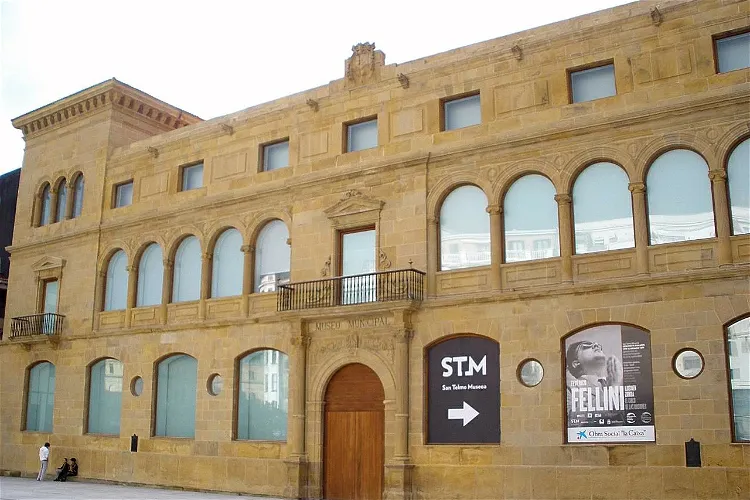
San Telmo Museum
San SebastiánThe San Telmo Museum is situated in a prime location in San Sebastián, Spain. It is nestled on the plaza de Zuloaga, adjacent to the scenic Mount Urgull. This location not only offers easy access to the museum but also provides visitors with stunning views of the surrounding landscape.
Museum of Santa Cruz
ToledoThe Museum of Santa Cruz is a significant cultural institution located in the historic centre of Toledo, Spain. It is an art, archaeology, and ethnographic museum that showcases collections related to the province of Toledo. The museum is a great place for tourists who are interested in art, history, and culture.
Castillo de Santa Bárbara - Museo de la Ciudad de Alicante
AlicanteCastillo de Santa Bárbara (The castle of Santa Bárbara) is a castle in Alicante, on Mount Benacantil, a rocky mass with a height of 167 meters that borders the sea and from which you can see the entire bay of Alicante and its terrestrial surroundings, giving it a big strategic advantage. The Museo d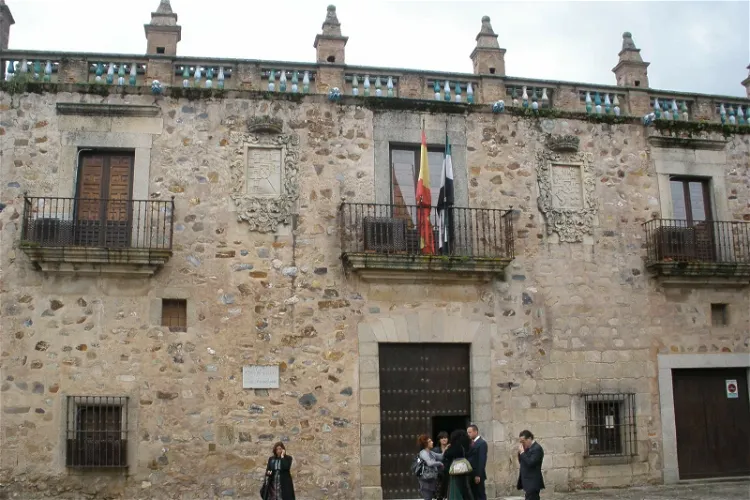
Cáceres Museum
CáceresThe Cáceres Museum is situated in the old town of the city, occupying two historic buildings: the Palace of Veletas and the House of Horses. These buildings themselves are a part of the city's history and their architecture is a testament to the region's past.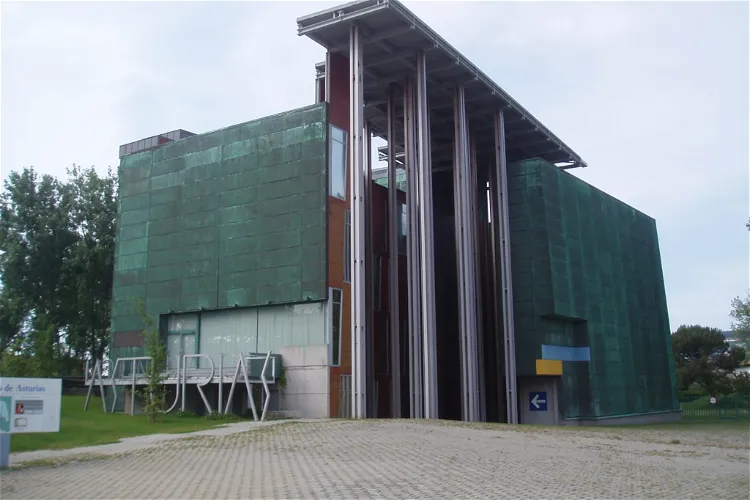
Museum of the Asturian People
GijónThe Museum of the Asturian People is situated in the city of Gijón, in the Principality of Asturias, Spain. This location is easily accessible for tourists visiting the region and offers a unique insight into the culture and history of the Asturian people.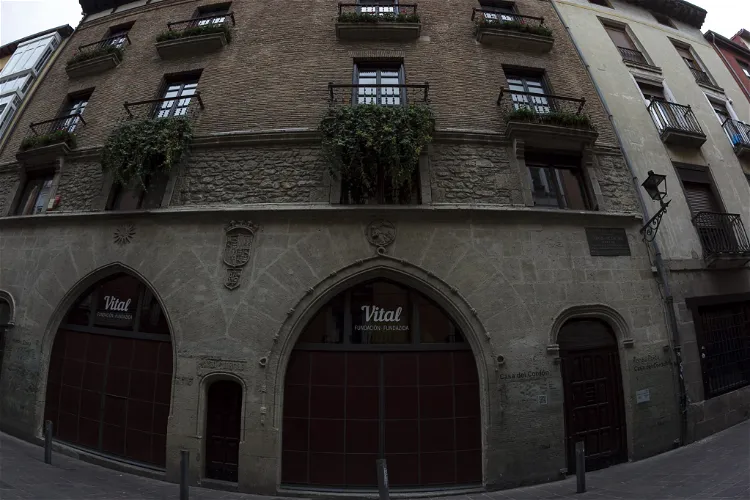
House of Cordón
Vitoria-GasteizThe Casa del Cordón is a significant historical building located in the Cuchillería street of the Old Quarter in Vitoria-Gasteiz, in the province of Alava, Basque Country, Spain. This monumental house or palace is a notable example of civil Gothic architecture and has been a residence for illustrious figures of its time.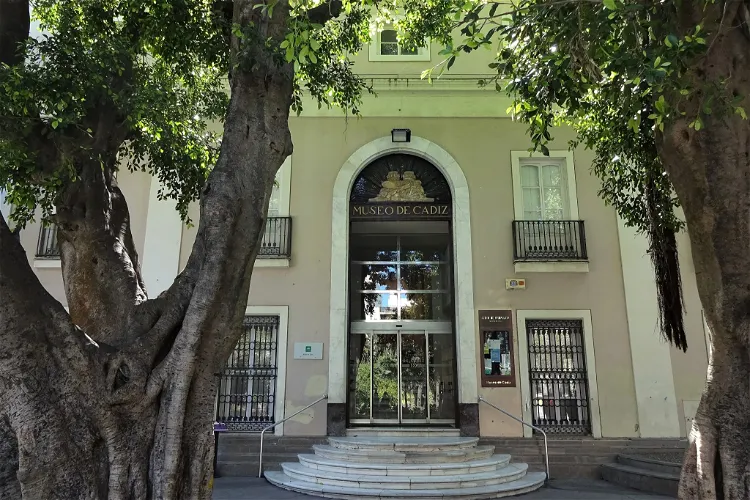
Cadiz Museum
CádizThe Cadiz Museum is situated in the heart of the old town of the Andalusian city of Cadiz, specifically at Plaza de Mina. This location is steeped in history and offers a unique cultural experience for visitors. The museum building itself was restructured by architect Juan Daura based on his 1838 design, transforming part of the secularized Franciscan convent.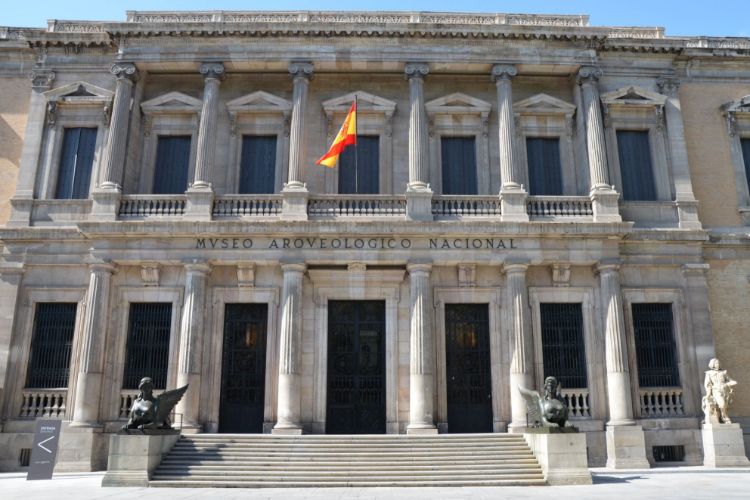
National Archaeological Museum Madrid
MadridThe National Archaeological Museum Madrid (Museo Arqueológico Nacional) is a museum in Madrid with numismatic, archaeological and ethnographical finds. Visitors can discover four floors of historical artifacts from different periods, from Prehistory and Protohistory, to the Middle Ages and the moder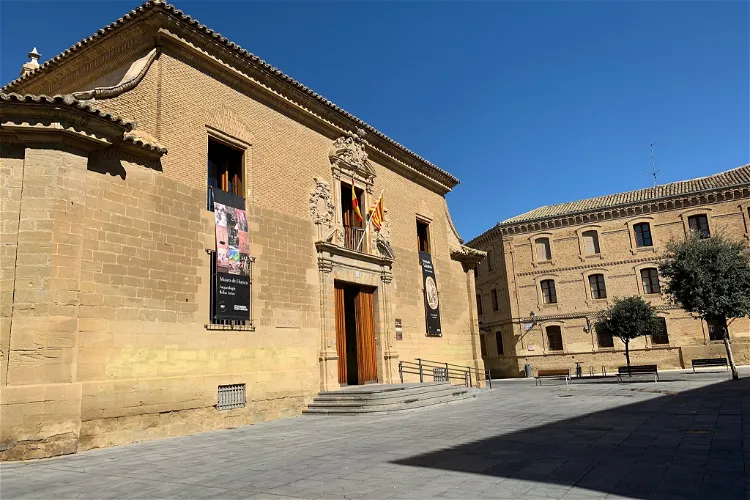
Huesca Museum
HuescaThe Huesca Museum is conveniently located in the University Square in the north of the city. Its location is ideal for tourists as it is near the cathedral and the town hall, making it a perfect addition to any sightseeing itinerary. The museum's location also offers easy access to other attractions and amenities in the city.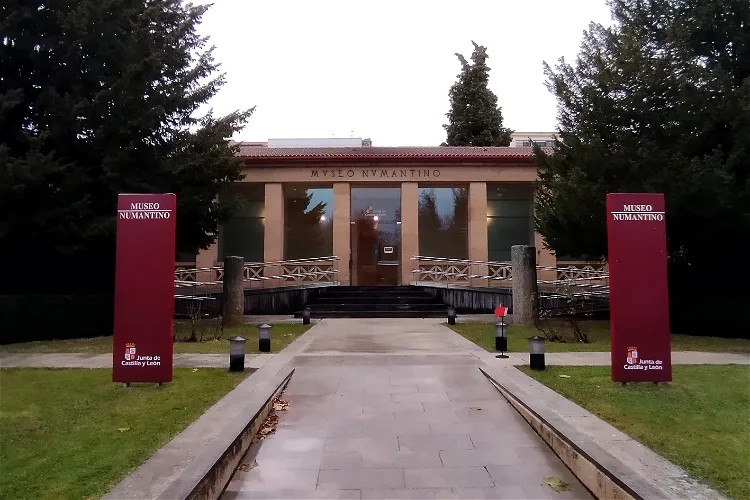
Numantine Museum of Soria
SoriaThe Numantine Museum of Soria is a significant cultural institution in Soria, Spain. It offers a comprehensive exploration of the prehistory and history of the province of Soria, presented through a rich collection of art and archaeological artifacts. The museum's focus on the region's past provides visitors with a deep understanding of the area's cultural and historical development.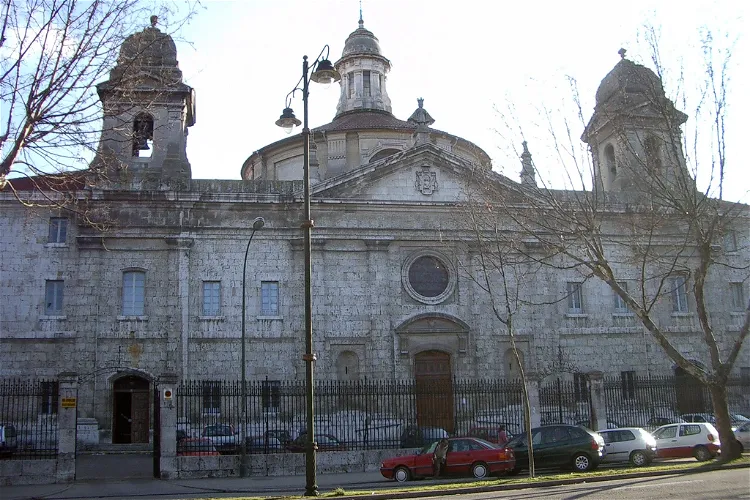
Oriental Museum
ValladolidThe Oriental Museum of Valladolid, situated within the convent of the Augustinians Filipinos in Valladolid, Spain, is recognized by some as the premier museum of its kind in the country. This museum offers a unique opportunity to explore a rich collection of Oriental art and artifacts, providing a deep insight into the cultures of the East.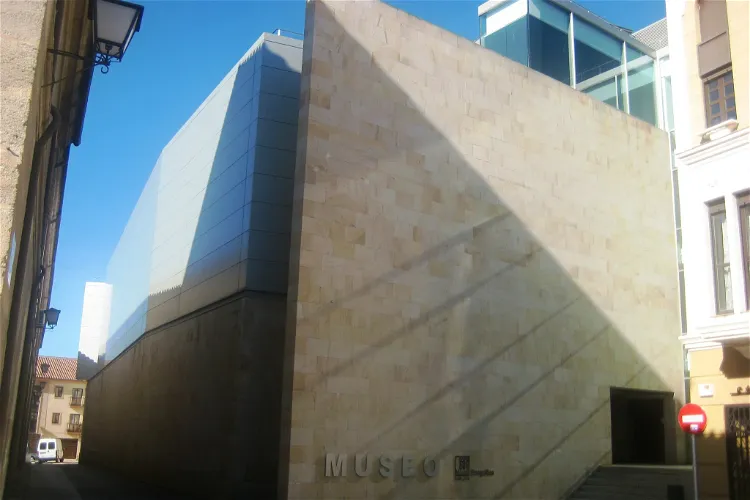
Ethnographic Museum of Castilla y León
ZamoraThe Ethnographic Museum of Castilla y León is situated in the city of Zamora. It is one of the four museums that form the Network of Regional Museums of Castilla y León. This network includes the Museum of Iron and Mining of Castilla y León, the Museum of Contemporary Art of Castilla y León, and the Museum of Human Evolution.
Cerralbo Museum
MadridThe Cerralbo Museum is a museum in Madrid that is housed in a historical mansion where it exhibits an extensive collection of artwork (over 50.000 objects). The museum is named after the marquis of Cerralbo, who used to own it. What was once considered the greatest private art collection in Spain, c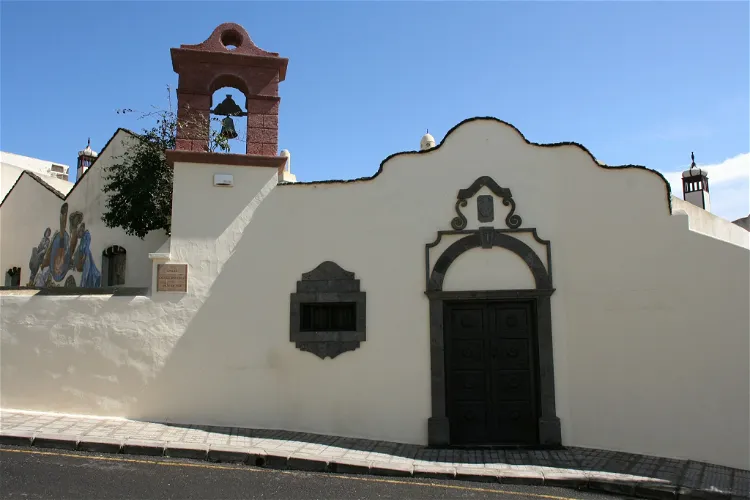
Tanit Ethnographic Museum
San BartoloméPicturesque museum that set its goal on presenting the traditional way of life in Lanzarote with its customs.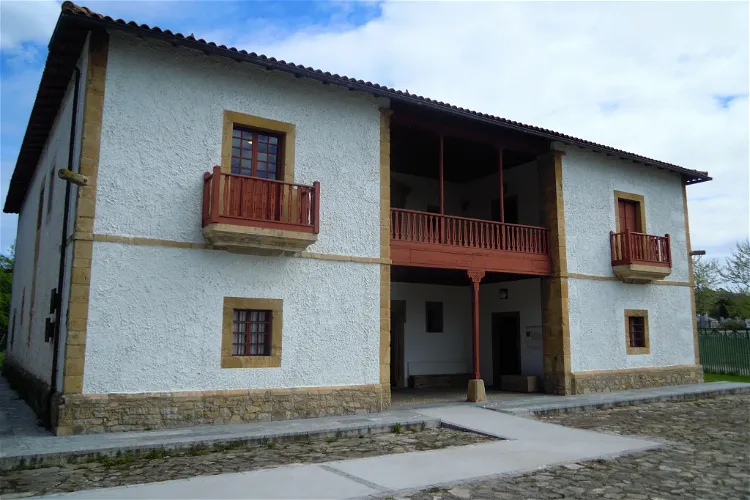
International Bagpipe Museum
GijónThe International Bagpipe Museum is situated within the Museum of the People of Asturias in the Spanish city of Gijón, in the Principality of Asturias. This location offers visitors the opportunity to explore not only the bagpipe museum but also the broader cultural and historical context of the Asturian people.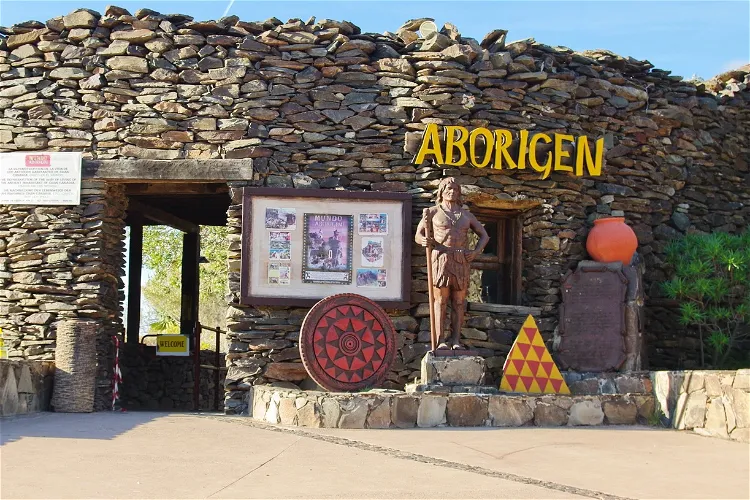
Mundo Aborigen
Las Palmas de Gran CanariaMundo Aborigen is an archaeological open-air museum situated in the municipality of San Bartolomé de Tirajana on the island of Gran Canaria, in the Spanish province of Las Palmas. This location offers a unique opportunity to explore the rich history and culture of the region.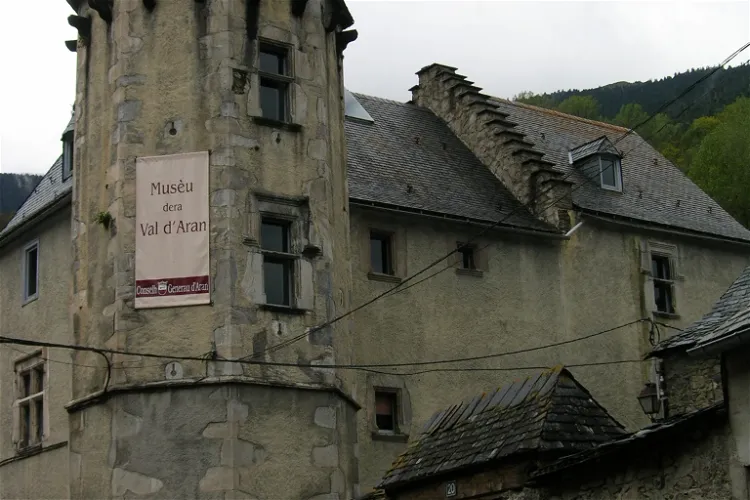
Musèu dera Val d'Aran
Viella Mitg AránThe Museo del Valle de Arán, also known as Musèu dera Val d'Aran, is a regional museum located in Viella. It is dedicated to the history, art, ethnography, and ethnology of the Aran Valley. The museum is housed in a late Gothic-style manor house known as the Torre del general Martinón. It also occupies the Casa Joanchiquet in Vilamós and the church of San Juan de Artiés. The museum's main objective is to preserve the Aranese culture in all its aspects, through the different stages and epochs of the Aran Valley.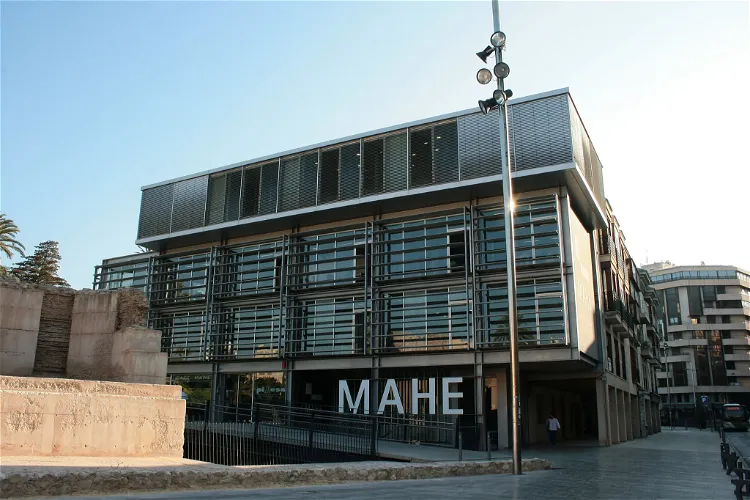
Museo Arqueológico y de Historia de Elche
ElcheThe Museo Arqueológico y de Historia de Elche (MAHE) is an archaeological museum situated in the Spanish city of Elche, within the province of Alicante. It is a significant regional archaeological reference point, offering a comprehensive overview of the city's various historical stages.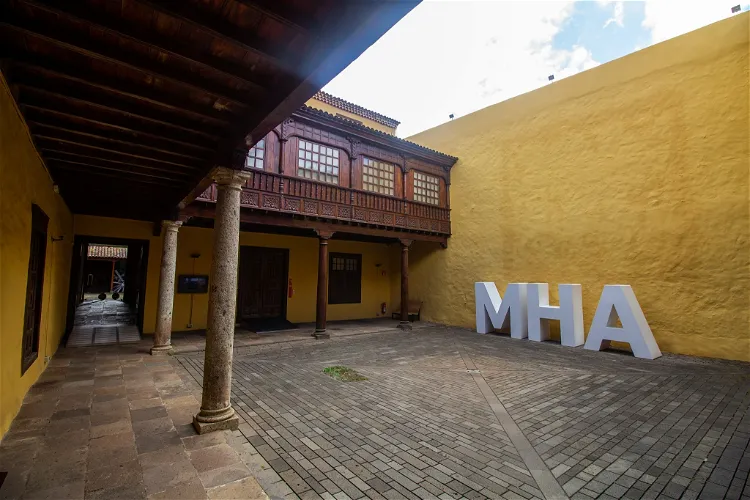
Museum of the History of Tenerife
San Cristóbal de La LagunaThe Museum of History and Anthropology of Tenerife provides a comprehensive overview of the island's history, from the 15th to the 20th century. It aims to disseminate the institutional, socioeconomic, and cultural development of Tenerife. Visitors can gain a deep understanding of the island's evolution through various exhibits and collections that highlight significant periods and events in its history.
Museo Etnolóxico de Ribadavia
RibadaviaThe Museo Etnológico de Ribadavia is housed in the Pazo de Baamonde, also known as the Casa de la Fundación Martín Vázquez. This location is not only significant for the museum but also adds to the overall cultural and historical experience for visitors. The building itself is a part of the region's history and is worth noting when planning a visit.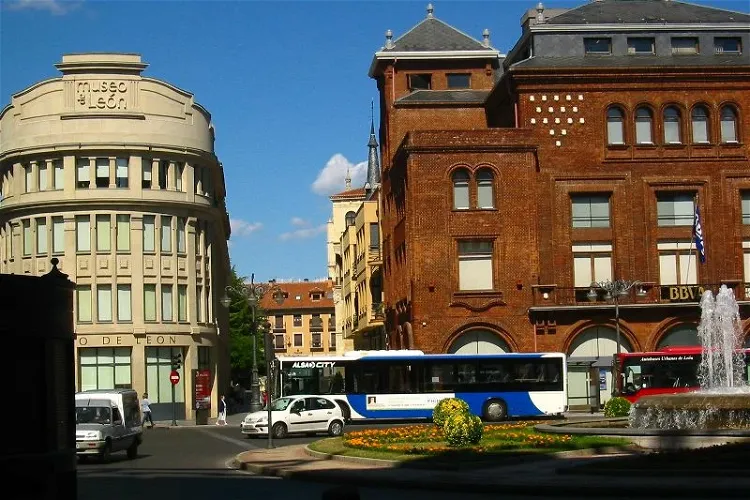
Museum of León
LeónThe Museum of León, situated in the Plaza de Santo Domingo in the city of León, Spain, holds the distinction of being the oldest museum in the province. Its primary focus is to narrate the history of the province through the lenses of Archaeology, Art, and Ethnography. This makes it a significant destination for those interested in these fields and the history of the region.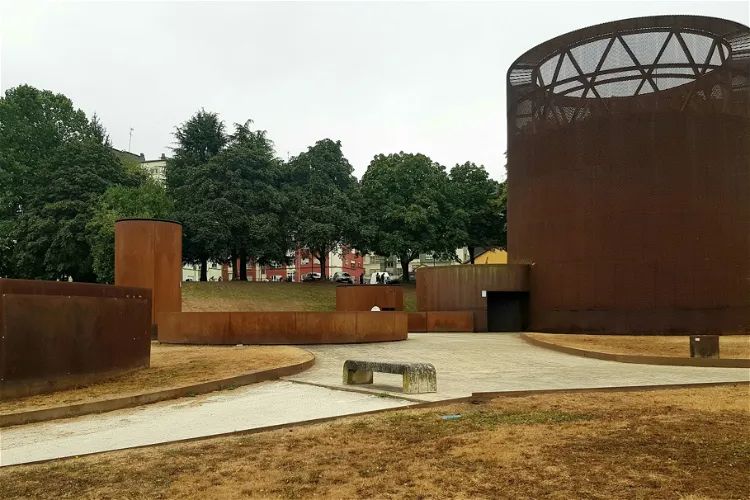
Interactive Museum of the History of Lugo
LugoThe Interactive Museum of the History of Lugo (MIHL) is a cultural space located in the city of Lugo, Galicia. The museum is known for its emphasis on new technologies, providing a modern and interactive experience for visitors. It offers a unique opportunity to explore the history of Lugo in a dynamic and engaging way.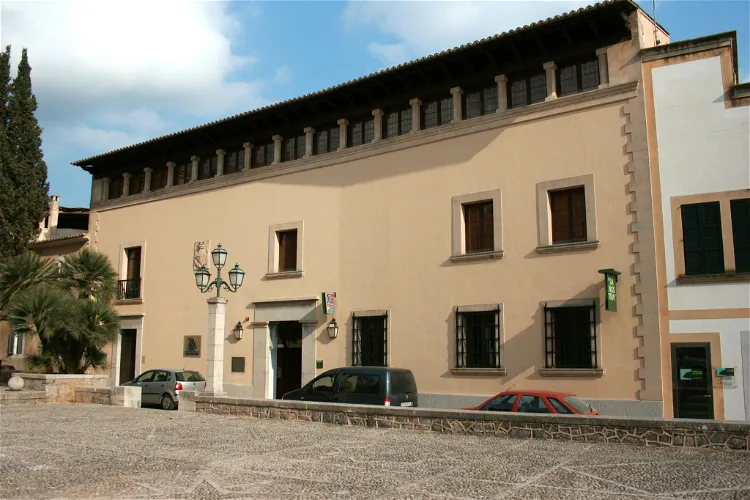
Artà Regional Museum
ArtáWell worth a visit for those who are interested in the history and culture of Arta and Mallorca.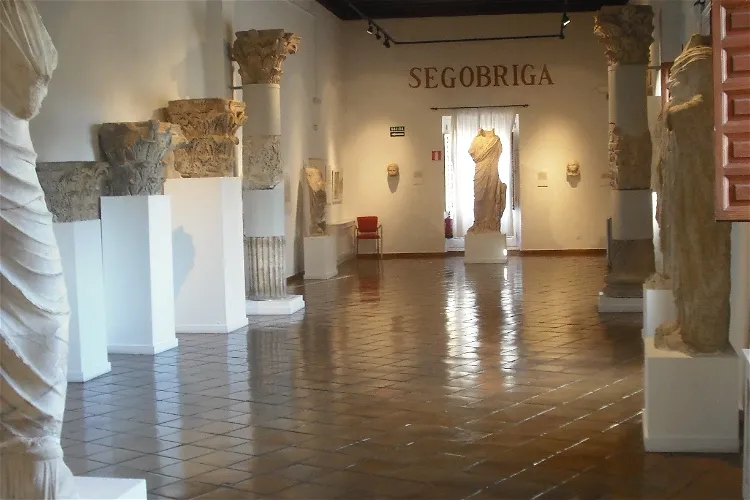
Museo de Cuenca
CuencaThe Museo de Cuenca, located in the historic Casa del Curato in the old town of Cuenca, Spain, offers visitors a unique opportunity to explore the rich history and culture of the region. The museum's location in the heart of the old town makes it easily accessible and adds to the overall cultural experience.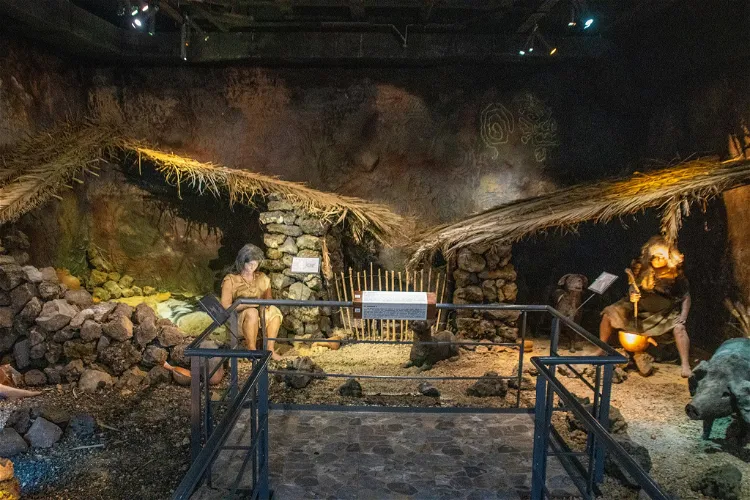
Guanche Museum
Icod de los VinosThe Museo Guanche is an ethnographic museum located in Icod de los Vinos, Tenerife. It provides a unique opportunity to delve into the history and culture of the Guanches, the native inhabitants of the Canary Islands.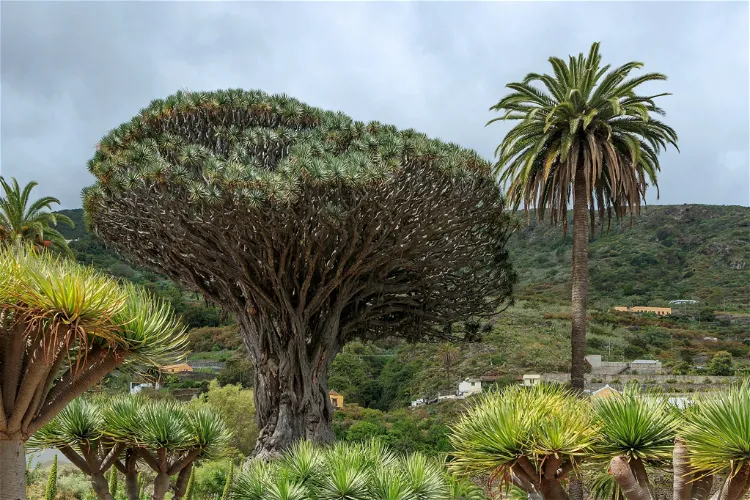
Drago Park
Icod de los VinosDrago Park, located in Icod de los Vinos, Tenerife, is a popular destination for visitors. The park, which was established at the turn of the millennium, is home to a variety of native plants, including the El Drago Milenario, a dragon tree believed to be around 1,000 years old. The park covers an area of approximately 3 hectares.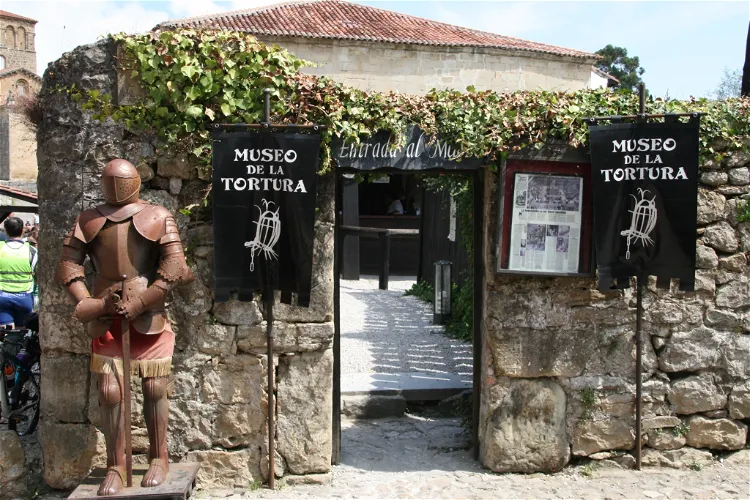
Museum of Torture
ToledoEl Museo de la Tortura, located in Santillana del Mar, Cantabria, is a private museum that showcases over fifty original torture and capital punishment instruments. These artifacts, which date from the 15th to the 19th centuries, provide a unique glimpse into Europe's historical methods of punishment.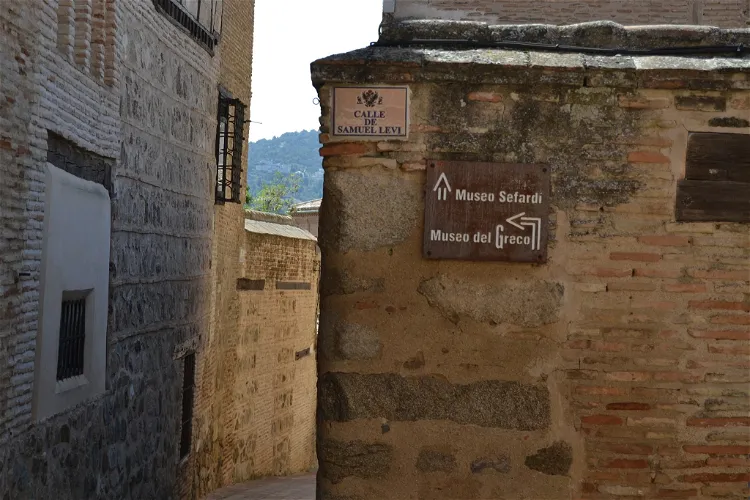
Sephardic Museum
ToledoThe Sephardic Museum, located in Toledo, Spain, is a national institution that showcases the rich Jewish cultural heritage of Spain. It also provides insights into the history and culture of the Sephardim, who are the descendants of the Jews who resided on the Iberian Peninsula until 1492. The museum is a testament to the enduring legacy of Jewish culture in Spain and offers a unique opportunity to explore this fascinating aspect of Spanish history.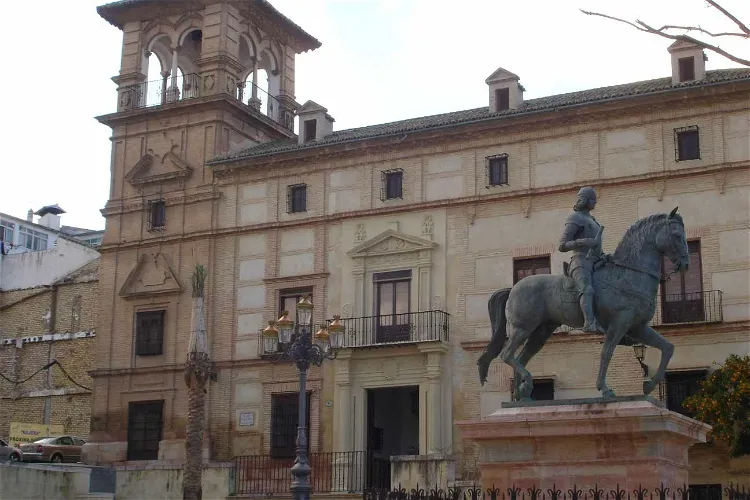
Municipal Museum of Antequera
AntequeraThe Municipal Museum of Antequera (MVCA) is a comprehensive museum that houses a diverse collection of fine arts, archaeological, and ethnological exhibits. Located in the city of Antequera, Spain, the museum offers a rich exploration of history from prehistoric times to the present day. It is a significant cultural institution in the region, providing visitors with a deep understanding of the area's historical and cultural heritage.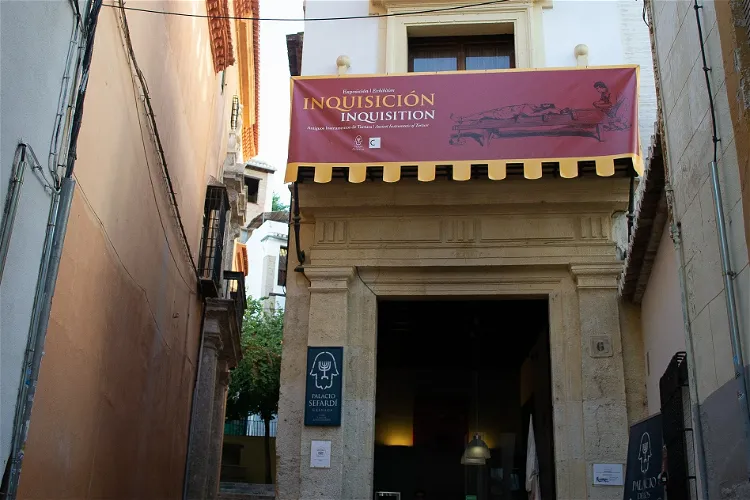
Palace of the Forgotten
GranadaThe Palace of the Forgotten, located in Granada, Spain, is a museum that focuses on the Spanish Inquisition, Jewish history, and the heritage of Granada and Andalusia. This museum provides a unique opportunity to delve into the rich and complex history of these subjects, offering a comprehensive understanding of the region's past.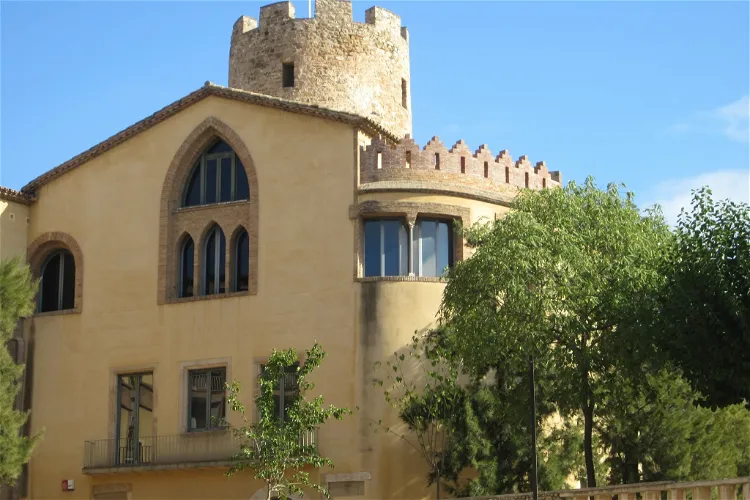
Balldovina Tower Museum
Santa Coloma de GramenetThe Balldovina Tower Museum in Santa Coloma de Gramanet is a multidisciplinary local museum. Its main objective is to protect, conserve, study, and disseminate the cultural and natural heritage of the territory. The museum collaborates with both public and private entities of the city to achieve these goals.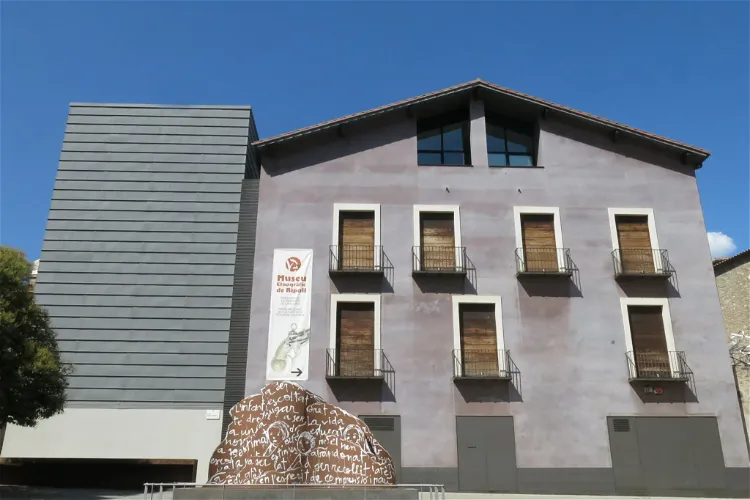
Ethnographic Museum of Ripoll
RipollThe Ethnographic Museum of Ripoll is situated in the city of Ripoll, within the province of Girona in Catalonia. This location is easily accessible and offers a rich cultural experience for tourists interested in ethnography and local heritage.
Historical Ethnological Museum of Mijas
MijasThe Historical Ethnological Museum of Mijas is situated in the old part of Mijas Pueblo, a charming town in the province of Malaga, Spain. This location offers visitors a chance to explore the rich history and culture of the region while enjoying the picturesque surroundings of the town.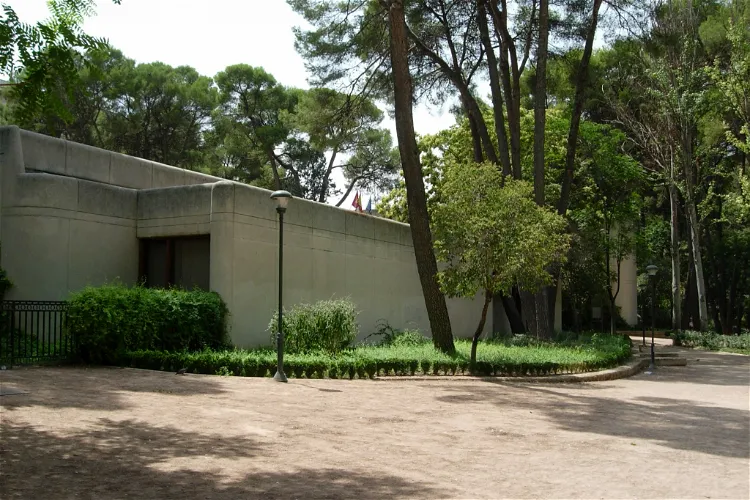
Albacete Provincial Museum
AlbaceteThe Albacete Provincial Museum, located in Albacete, Spain, is a renowned institution dedicated to the preservation and exhibition of archeology and fine art. The museum offers a unique opportunity to explore the rich cultural heritage of the region through its diverse collections.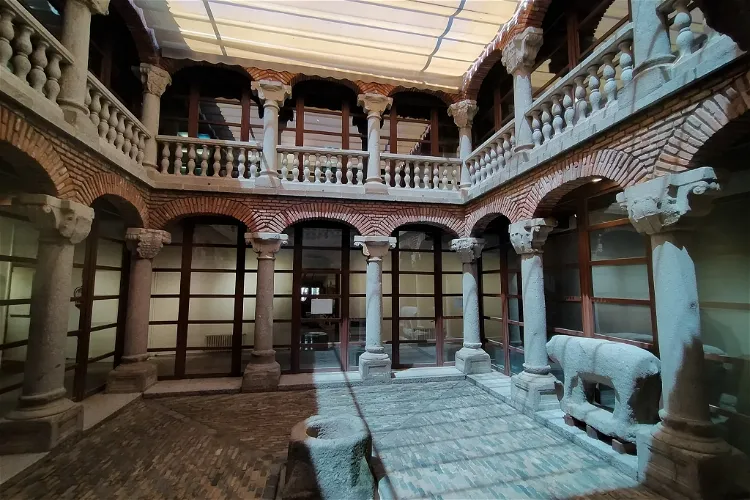
Avila Museum
ÁvilaThe Avila Museum has been under the management of the Junta de Castilla y León since 1987. It is home to a diverse collection of Archaeology and Fine Arts pieces, providing a glimpse into the rich cultural and historical heritage of the region. Additionally, the museum boasts a comprehensive ethnological catalog, offering insights into the local customs and traditions.
History of Immigration in Catalonia Museum
Sant Adrià de BesòsThe MhiC – Museu d’història de la immigració de Catalunya (MhiC) is a museum dedicated to the history of immigration in Catalonia. It is located in Sant Adrià de Besòs, a town in the metropolitan area of Barcelona. The museum provides a unique insight into the immigration process in Catalonia, making it a significant cultural and historical site for visitors.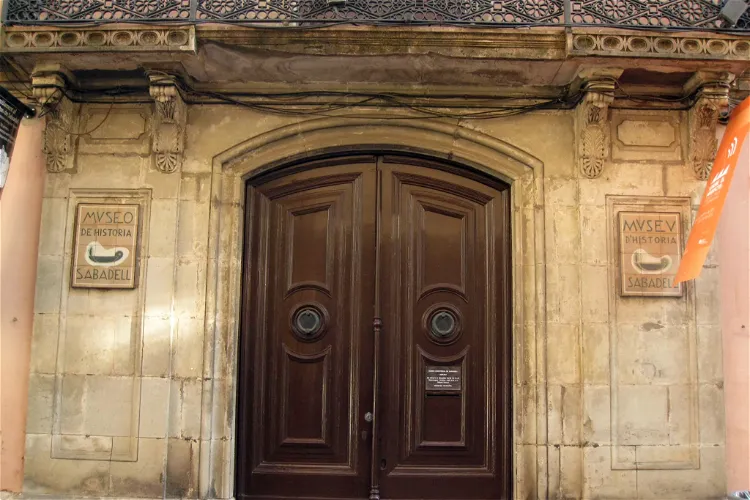
Sabadell History Museum
SabadellThe Sabadell History Museum is home to a variety of collections that delve into the city's archaeology, history, and ethnology. A significant focus is placed on the city's historical ties with wool manufacturing and the textile industry, offering visitors a unique insight into this aspect of Sabadell's past.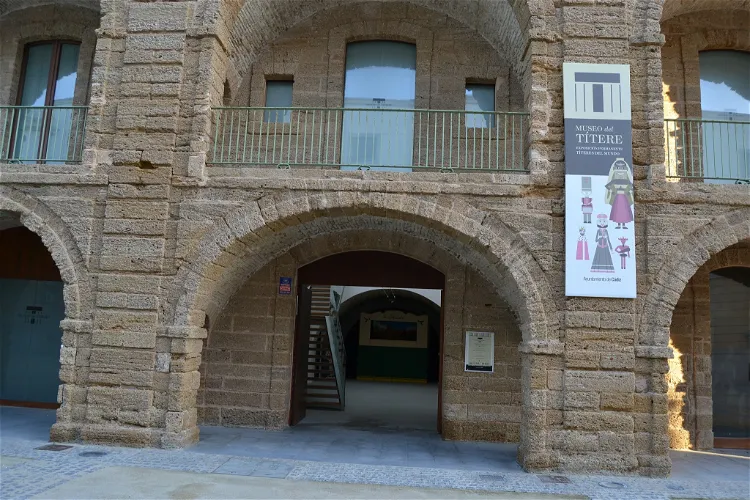
Puppet Museum
CádizThe Puppet Museum in Cádiz is a municipal establishment dedicated to the culture and history of puppets. It is situated in the Vaults of Puerta de Tierra in the Bay of Cádiz and was inaugurated on August 9, 2012. This location provides a unique setting for the museum, adding to the overall experience of the visitors.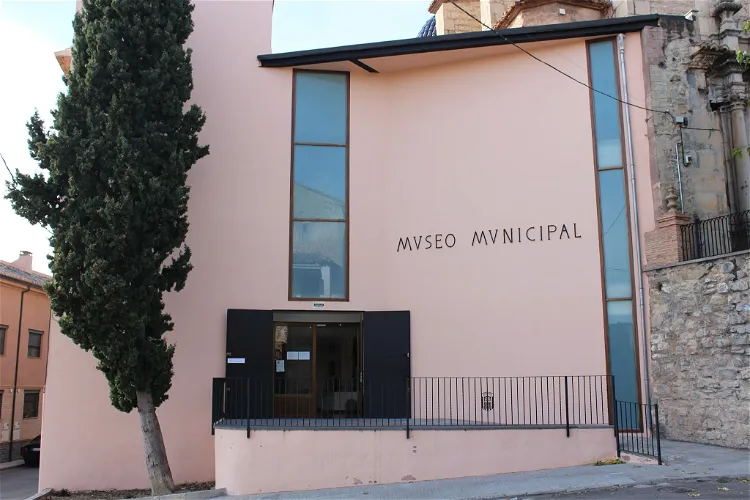
Museo Municipal de Jérica
JéricaThe Museo Municipal de Jérica has received several recognitions over the years. In 1962, it was declared a National Historic Artistic Monument. Later, on February 22, 1996, it was recognized as a permanent museum collection. In 2004, it was declared a Cultural Interest Property, further emphasizing its importance in preserving and showcasing local heritage.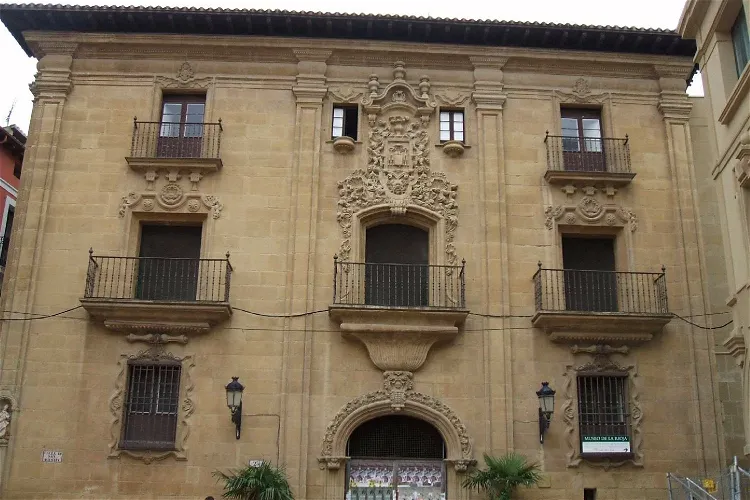
Museum of La Rioja
LogroñoThe Museum of La Rioja is housed in the Espartero Palace in Logroño, a Baroque construction from the 18th century. This palace was the residence of General Baldomero Espartero after he retired from politics and married María Jacinta Martínez. The palace's rich history and architectural beauty add to the overall experience of visiting the museum.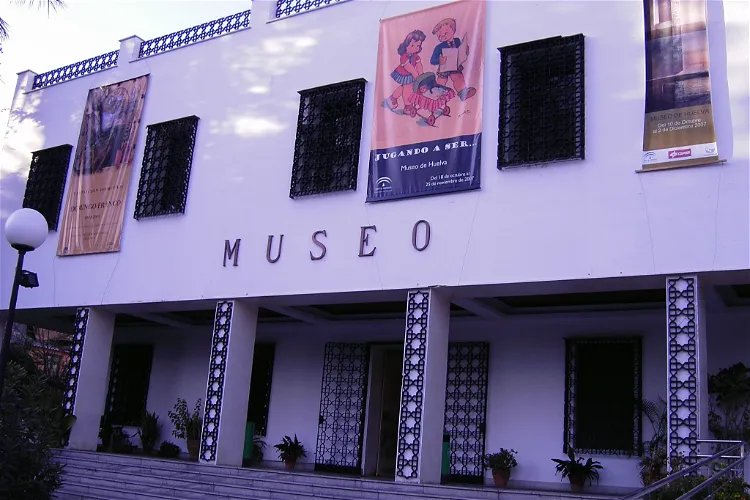
Museum of Huelva
HuelvaThe Museum of Huelva is divided into three distinct sections: Fine Arts, Archaeology, and Ethnology. Each section offers a unique insight into the rich cultural and historical heritage of the region. The museum has been declared a Cultural Interest Asset, with the category of Monument, further emphasizing its importance and value.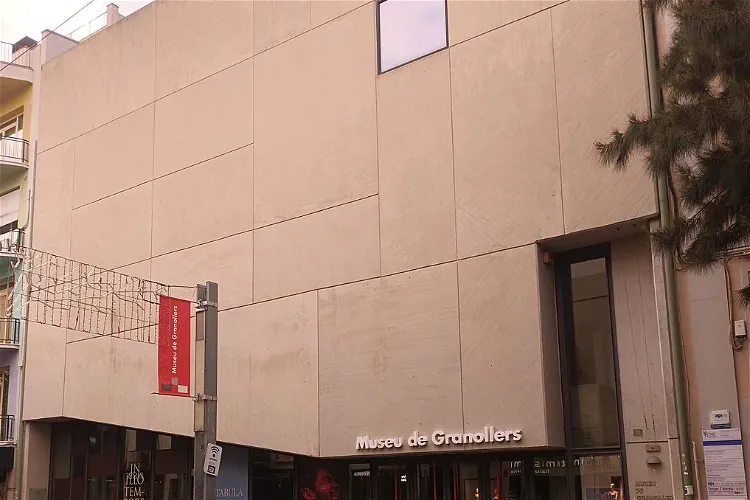
Granollers Museum
GranollersThe Granollers Museum, situated in Granollers, Barcelona, is home to a wide array of collections. These collections span across various fields such as archaeology, decorative arts, ethnography, numismatics, and art from different eras - ancient, modern, and contemporary. This diversity in the museum's collection offers visitors a comprehensive insight into the rich cultural and historical heritage of the region.
Ceramic Museum of Manises
ManisesThe Ceramic Museum of Manises (MCM) is a public ethnological museum that is owned by the Manises City Council. The museum primarily focuses on ceramics from Manises, specifically those from the 14th to the 20th centuries. Additionally, the museum also showcases contemporary creative ceramics, which are obtained from the winners of the National Ceramic Competition of Manises.
Caja Granada Cultural Center
GranadaThe CajaGranada Cultural Center offers a wide range of cultural and educational activities, with a particular emphasis on art and culture. It is designed to adapt to the needs of specific artistic expressions and is equipped to support installations and audiovisual media. This flexibility allows the center to host a variety of events and exhibitions, making it a dynamic and engaging destination for visitors.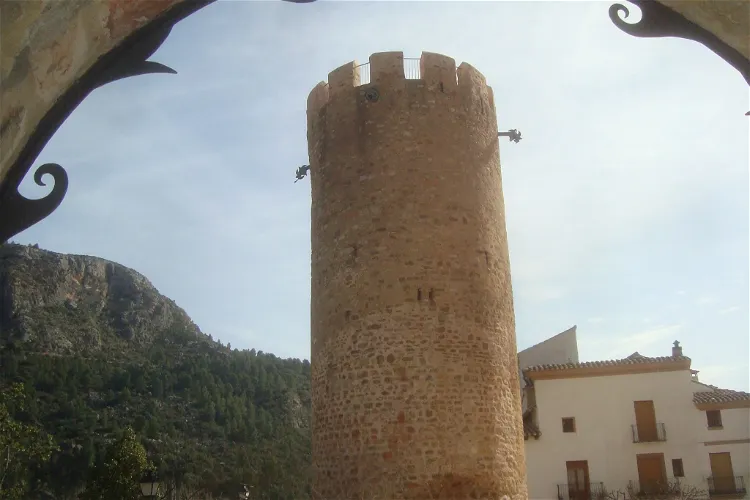
Torre Redonda
ArgelitaThe Torre Redonda de Argelita is situated in the urban area of the town, right in the center of the Church square. It is adjacent to the remains of the Palace of Abú Zayd. This location makes it easily accessible and a central point of interest for tourists visiting the town.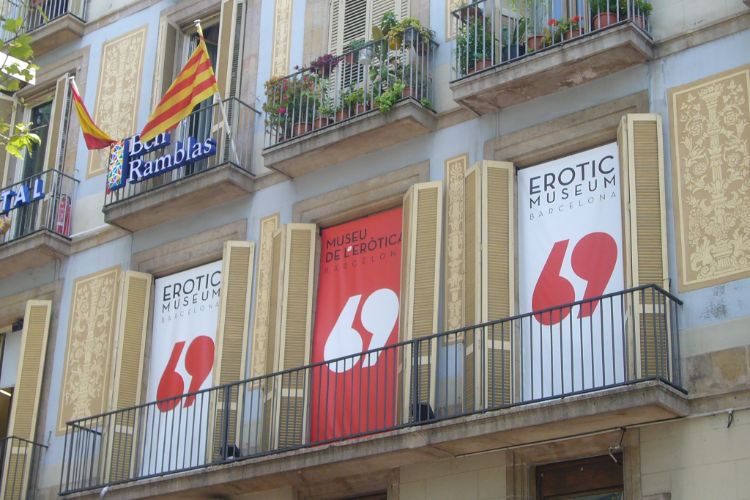
Erotic Museum of Barcelona
BarcelonaExplore the rich history and culture of eroticism in Barcelona in the Erotic Museum of Barcelona. The museum displays various historical relics, wood carvings depicting Kama Sutra positions and other intriguing artifacts.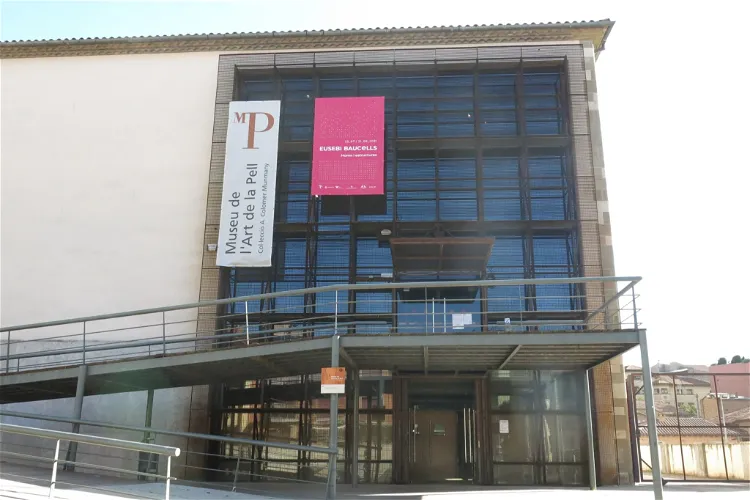
Museum of Leather Artistry. A. Colomer Munmany Collection
FolguerolesThe Museum of Leather Artistry, located in Vich, Barcelona, Spain, is home to the collection of Andreu Colomer Munmany. Over a span of fifty years, Munmany has amassed a collection of a thousand pieces, all of which are made entirely or partially from leather. This unique collection showcases the versatility and artistic potential of leather as a material.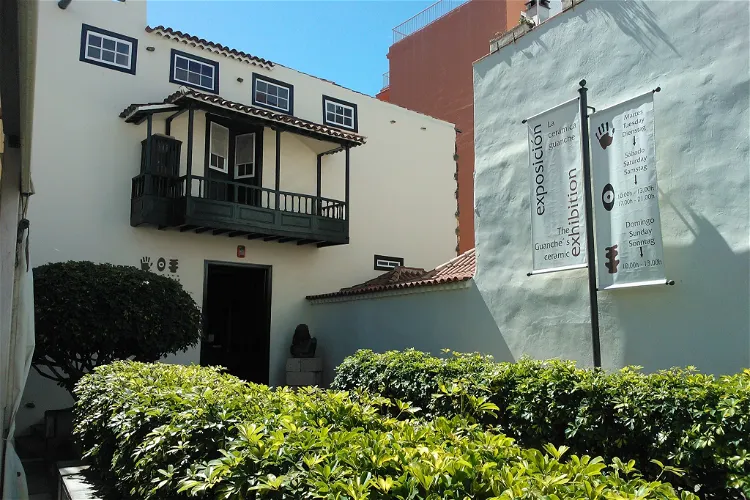
Archaeological Museum of Puerto de la Cruz
Puerto de la CruzThe museum is home to one of the most significant collections of Guanche aboriginal ceramics in the Canary Islands, featuring unique pieces that can only be found in Tenerife. This collection provides a unique insight into the artistic and cultural practices of the Guanche people.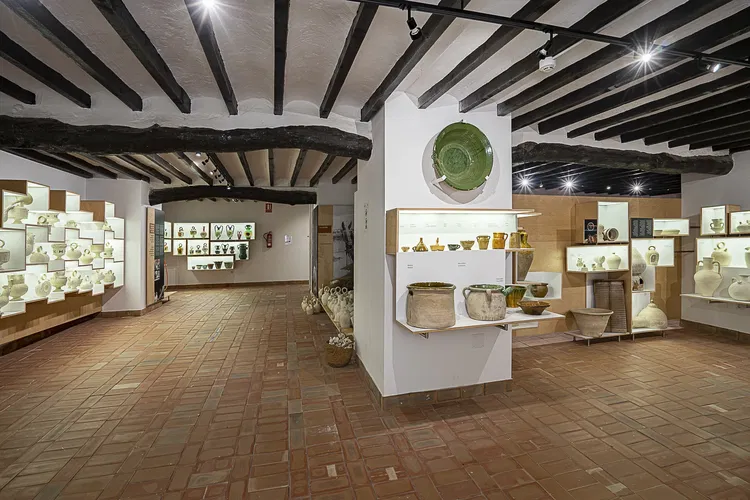
Agost Pottery Museum
AgostThe Museo de Alfarería in Agost, Alicante, Spain, has a rich history that dates back to 1981. It was established by German ethnologist Ilse Schütz, who owned and directed it for 19 years. In March 2000, the Agost City Council took over the personnel and maintenance costs of the museum, ensuring its continued operation and preservation.
Ethnographic Museum of Quirós
QuirósThe Ethnographic Museum of Quirós is part of the network of ethnographic museums in Asturias. This affiliation provides the museum with a certain level of prestige and recognition, making it a notable destination for those interested in ethnographic studies and the cultural heritage of Asturias.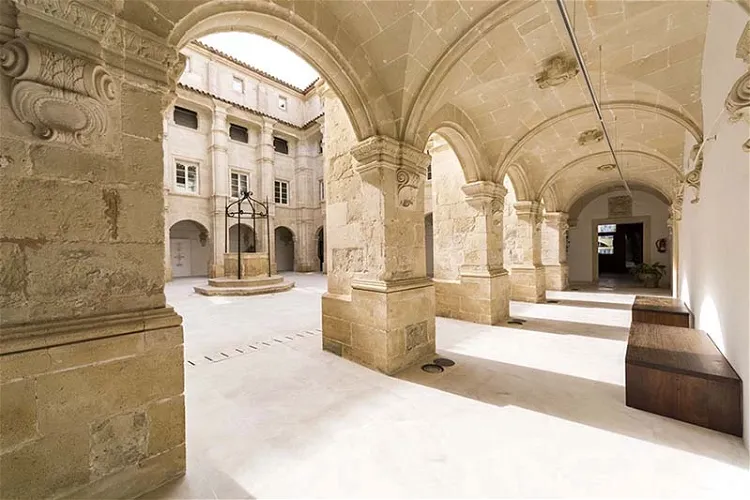
Museum of Menorca
MahónThe Museo de Menorca is a public institution situated in the city of Mahón, on the Balearic Islands in Spain. Its primary focus is on the research and dissemination of the prehistory and history of Menorca. The museum's collection is comprised of artifacts from archaeological excavations, deposits, and donations from private individuals and institutions.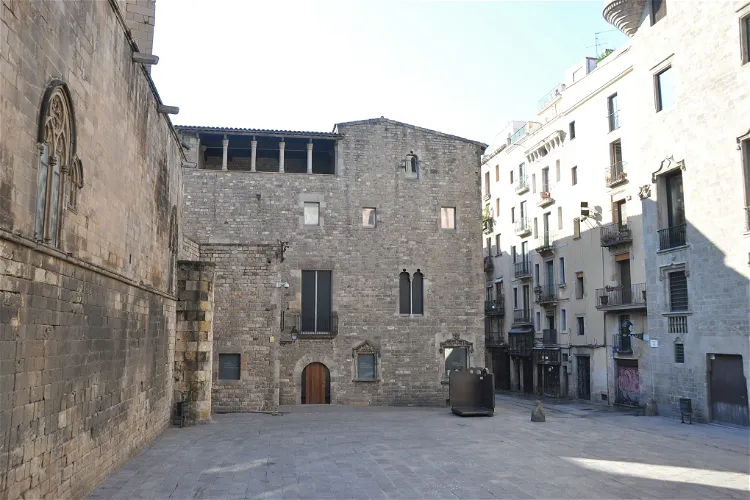
Museum of the History of Barcelona
La MasiaThe Museum of the History of Barcelona, also known as MUHBA, is a city institution that is dedicated to preserving, documenting, maintaining, and exhibiting Barcelona's cultural heritage from its beginnings to the present. The museum's collections include a wide range of artifacts and exhibits that provide a comprehensive overview of the city's history and cultural evolution. Visitors to the museum can expect to gain a deeper understanding of Barcelona's rich and diverse history.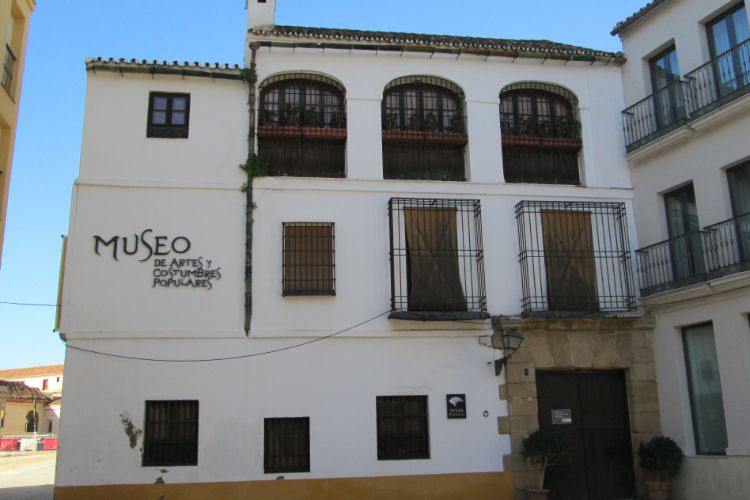
Museo de Artes y Costumbres Populares
MálagaMuseo de Artes y Costumbres Populares (The Museum of Popular Arts and Customs) is an ethnographic museum in Malaga. The museum is housed in the Mesón de la Victoria, a 17th century inn located on the banks of the Guadalmedina River. The museum exhibits its collection in nineteen rooms that represent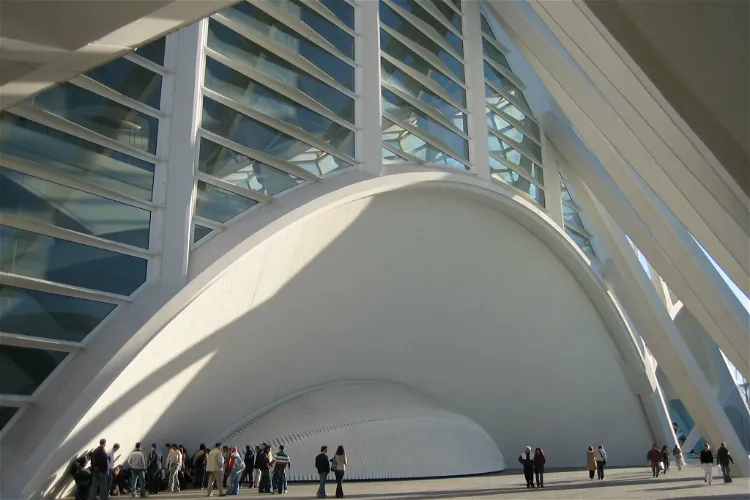
Museum of Spanish Magic
ToledoYou can see many interesting artifacts connected to Spanish legends and myths in this unique museum. Discover the folk beliefs!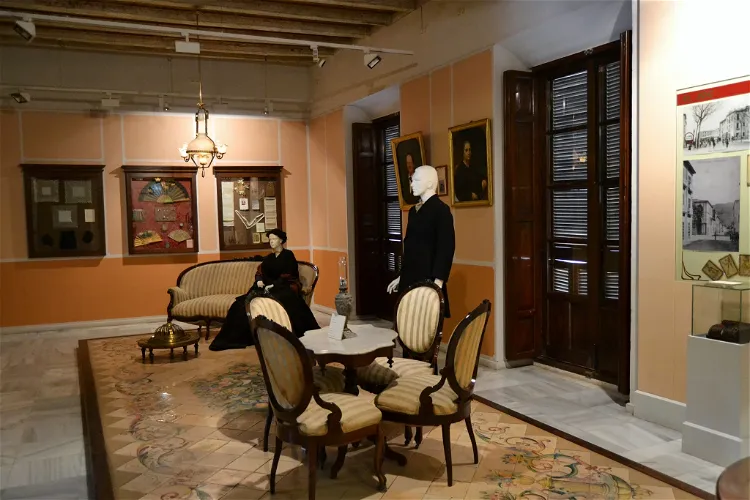
Ethnological Museum
DeniaThe Ethnological Museum of Denia is situated in the vibrant city of Denia, nestled within the province of Alicante in the Valencian Community, Spain. This location offers visitors a chance to explore the rich cultural heritage of the region while enjoying the scenic beauty of the city.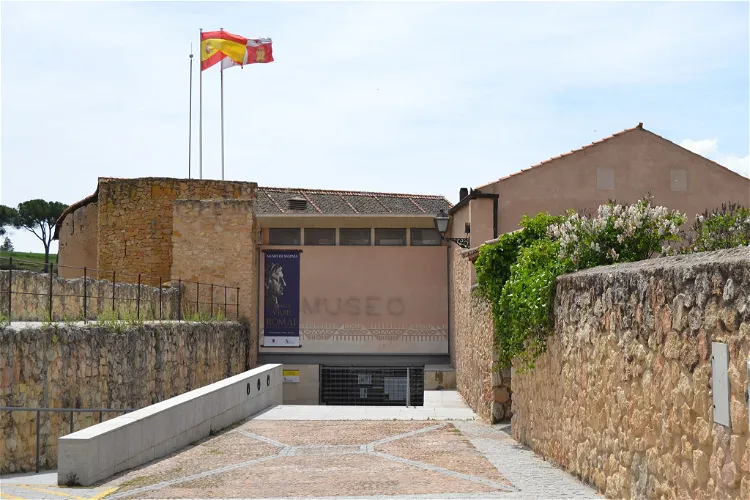
Museum of Segovia
SegoviaThe Museum of Segovia, located in the Casa del Sol in the capital of Segovia, is open from Tuesday to Saturday. The opening hours vary depending on the season. From October to June, the museum is open from 10 am to 2 pm and from 4 pm to 7 pm. During the summer months, from July to September, the museum is open from 5 pm to 8 pm.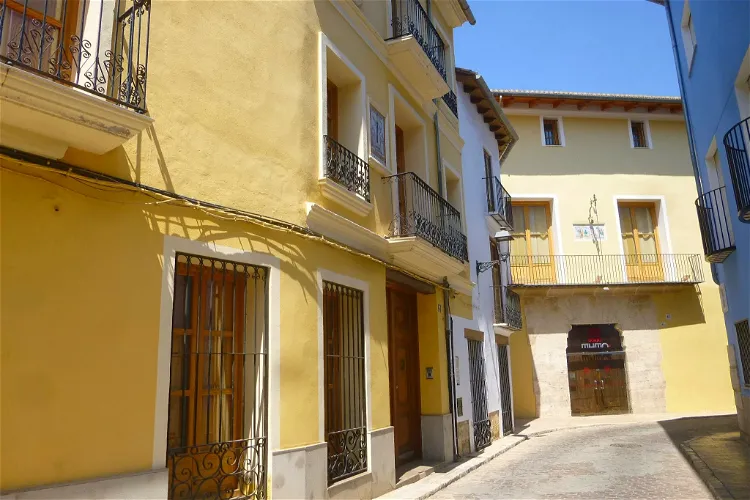
Municipal Museum
AlciraThe Municipal Museum of Alcira (MUMA) is a significant institution that gathers and presents the history of the city of Alcira and the Ribera Alta region. It provides a comprehensive overview of the area's past, making it an informative destination for tourists interested in local history and culture.
History and Archeology Museum Najerillense
NájeraThe Historical Archaeological Museum Najerillense is a museum dedicated to Archaeology, Ethnography, and Art. It is situated in Nájera, a city in the community of La Rioja, Spain. The museum offers a unique opportunity to explore the rich history and culture of the region through its diverse collections.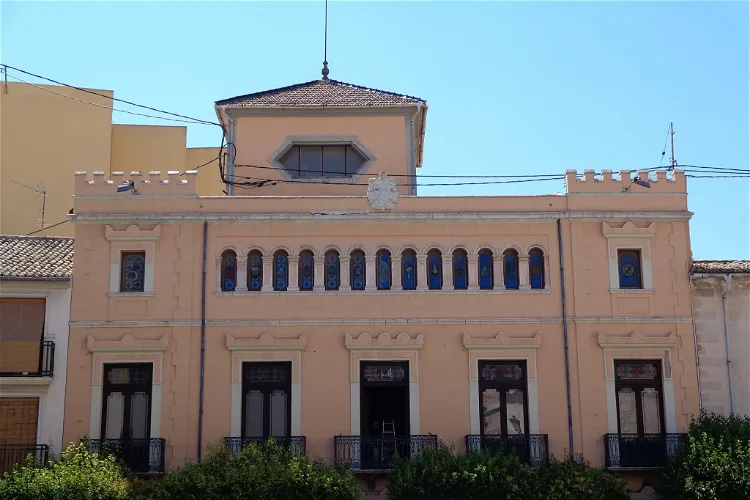
Museo Festero
VillenaEl Museo Festero is situated in the 'Casa del Festero', in the Santiago square of Villena, a province of Alicante, Spain. The museum was inaugurated in 1981 and gained official recognition in 1996. This information is crucial for tourists who are interested in the history and culture of the region.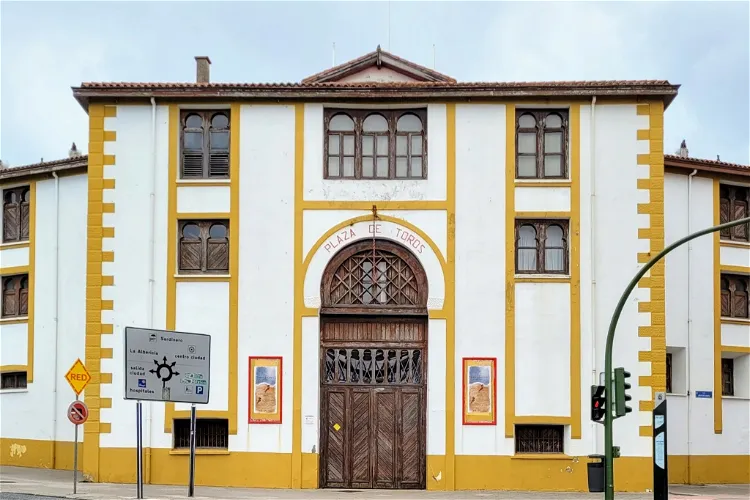
Bullfighting Museum
SantanderVisit the museum dedicated to bullfighting - its history as well as contemporary issues. Free entrance, right at the Santander bullring.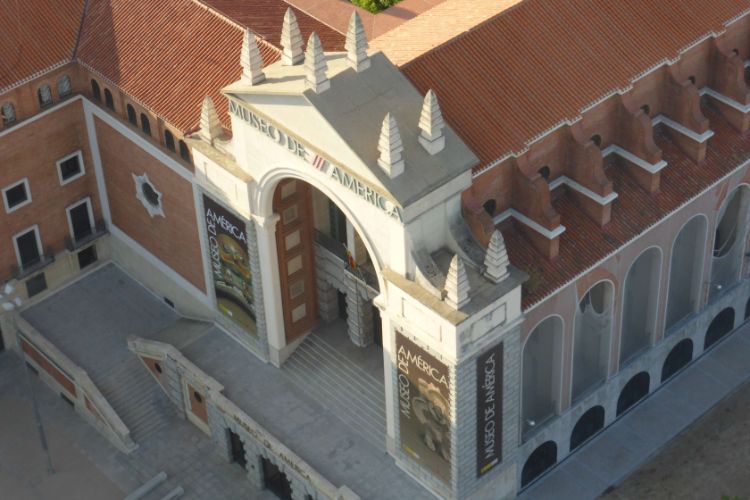
Museum of the Americas
MadridThe Museum of the Americas (Museo de América) is an anthropology museum in Madrid of which the main exhibition includes artistic, archaeological and ethnographic collections dedicated to American society, religion and communication dating back to Paleolithic period. The Museum of the Americas in Mad
Euskal Museoa Bilbao Museo Vasco
BilbaoEuskal Museoa Bilbao Museo Vasco (The Bilbao Basque Museum) is a museum in Bilbao. The museum aims to conserve and show to the public, the ways of life that the Basque people have developed over time, through its collections. The permanent exhibitions are distributed over four floors that are all de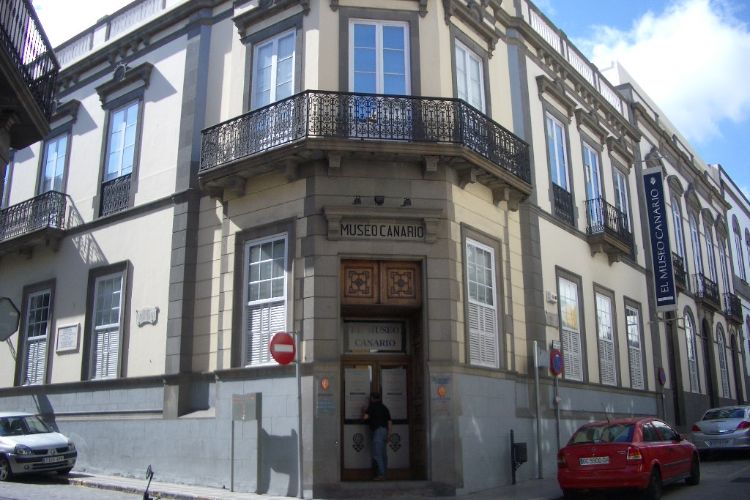
Canarian Museum
Las Palmas de Gran CanariaThe Canary Museum is a museum in Palmas de Gran Canaria that is located in the historic district of Vegueta. The museum is dedicated to and holds a collection solely on the Aboriginal population of Gran Canaria: a group of humans that came to this island from North Africa in the first centuries of o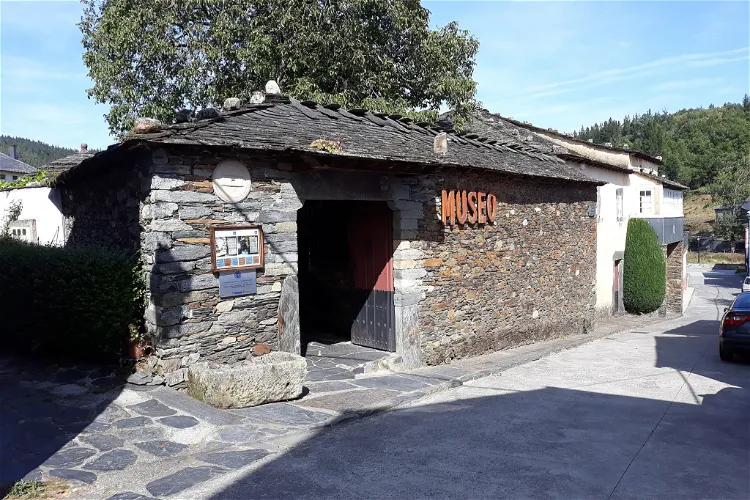
Ethnographic Museum of Grandas de Salime
Grandas de SalimeThe mission of the Grandas de Salime Ethnographic Museum is to collect, preserve, maintain, expand, investigate, communicate, and disseminate the tangible and intangible heritage of an ethnographic nature from Western Asturias. This mission is reflected in the museum's extensive collection of over 11,000 objects, which have been acquired through donations or purchases.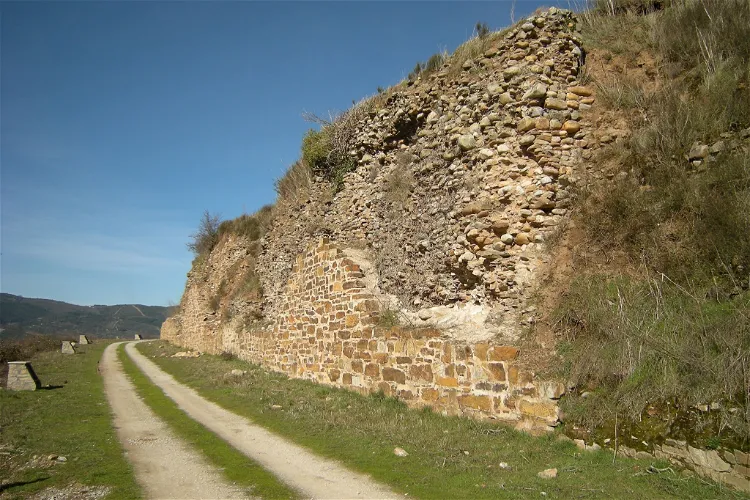
Museo Arqueológico de Cacabelos
CacabelosThe Museo Arqueológico de Cacabelos is conveniently located in the center of Cacabelos, aligning with the famous Camino de Santiago. The museum is situated on a street that is characterized by its Jacobean style, adding to the historical charm of the area. This location makes it an accessible and interesting stop for those walking the Camino de Santiago.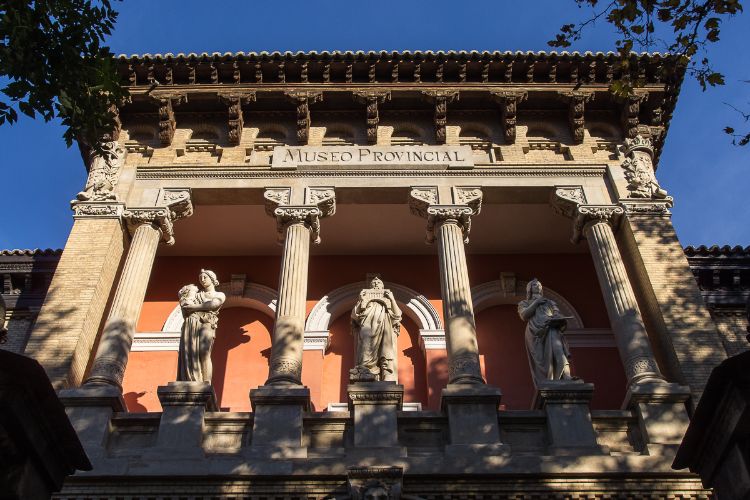
Museo de Zaragoza
ZaragozaThe Museum of Zaragoza (Museo de Zaragoza) is a Spanish national museum located in the city of Zaragoza, housed in a neo-Renaissance building built for the Hispano-French Exposition of 1908 by the architects Ricardo Magdalena and Julio Bravo. The museum holds a collection of notable works of archaeo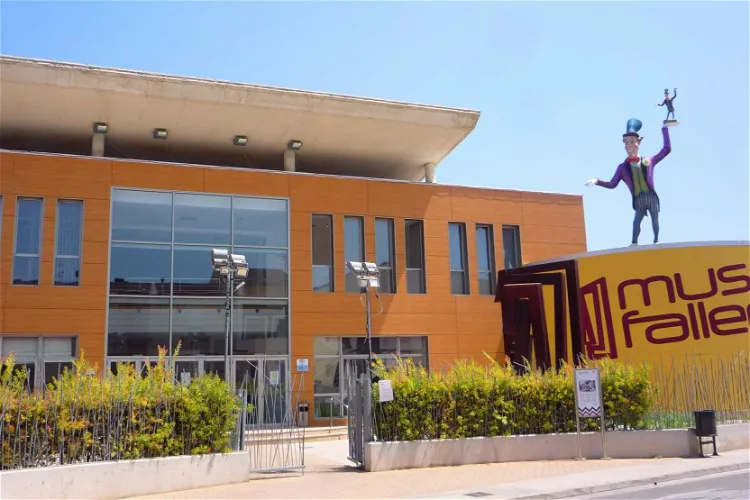
Faller Museum of Gandia
GandíaThe Faller Museum of Gandia, located in Valencia, is a unique institution dedicated to the interpretation of the Fallas festival. This museum provides an in-depth understanding of this traditional celebration, emphasizing the city of Gandia but not limited to it. It offers a general historical overview of the festival's origin and covers all aspects surrounding the Fallas activity, such as traditional clothing, pyrotechnics, Fallas literature, traditional music, and the monuments associated with the festival.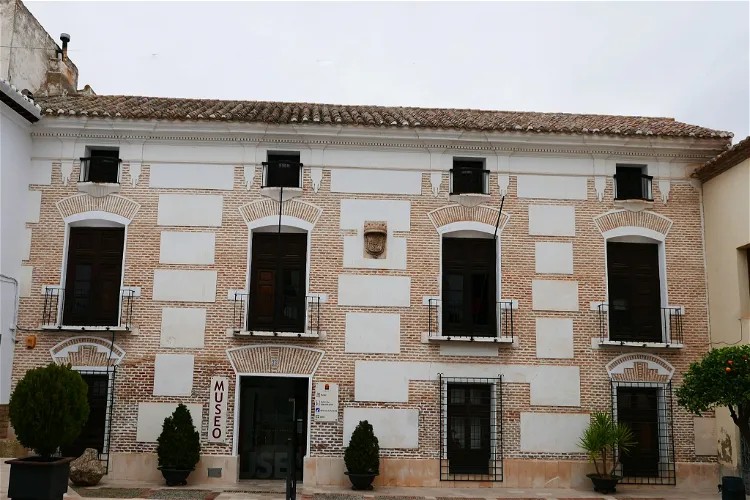
Velezano County Museum "Miguel Guirao"
Vélez-RubioThe Velezano County Museum Miguel Guirao is situated in the charming municipality of Vélez-Rubio, within the province of Almería, Spain. This location offers visitors a chance to explore the rich history and culture of the region while enjoying the beautiful surroundings of Vélez-Rubio.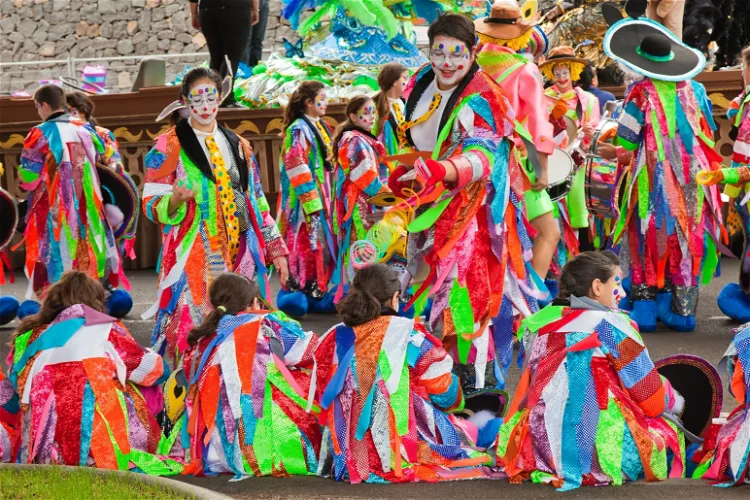
Carnival House
Santa Cruz de TenerifeLa Casa del Carnaval, located in Santa Cruz de Tenerife, is a museum dedicated to the city's renowned carnival. This event has been recognized as a Fiesta of International Tourist Interest, attracting visitors from all over the world. The museum provides an in-depth look into the history and cultural significance of this vibrant celebration.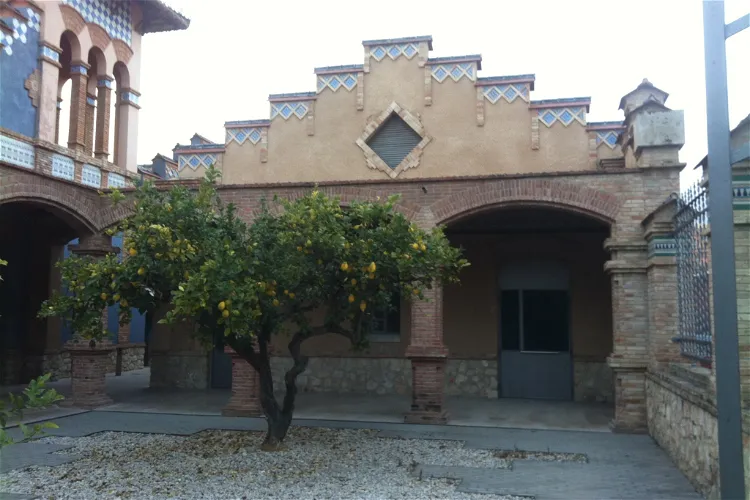
Tortosa Museum
TortosaThe Tortosa Museum, a cultural facility, was inaugurated in 2012. It is the successor of the old museum that was established in 1900 based on the discoveries of the architect Joan Abril i Guanyabens. This historical connection adds a layer of depth to the museum's significance, making it a place where visitors can appreciate not only the exhibits but also the rich history of the institution itself.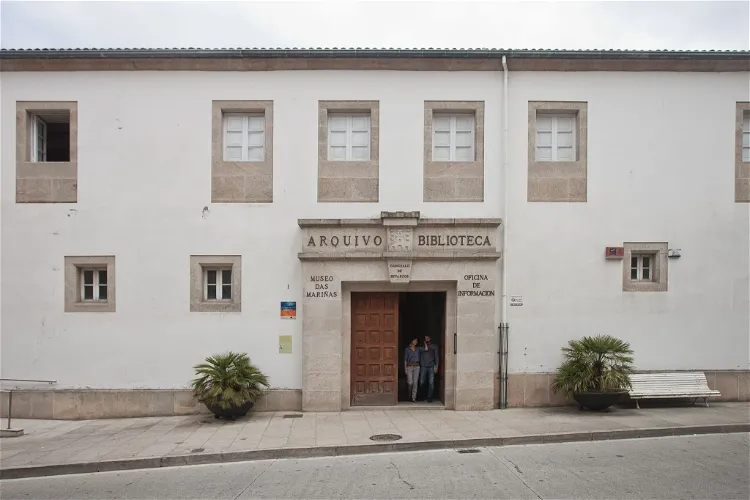
Museo das Mariñas
BetanzosThe Museo de las Mariñas is a museum of history and ethnography situated in the Spanish town of Betanzos. It is dedicated to the regions of the Mariñas Coruñesas, offering a deep dive into the history and culture of these areas. The museum is housed in the former Santo Domingo convent, a building with its own rich history dating back to the 16th century.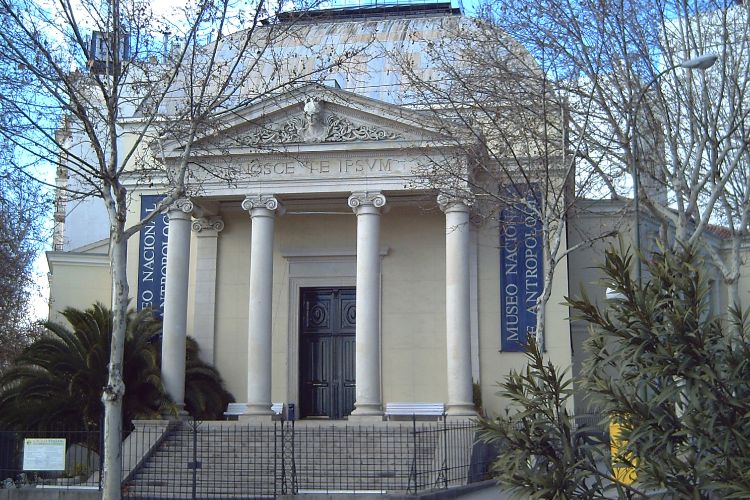
National Museum of Anthropology
MadridThe National Museum of Anthropology is a Spanish National Museum in Madrid that was Spain's first anthropological museum. The museum offers a global view of the different cultures existing on the planet, with collections that cover the five continents. It was inaugurated on April 29, 1875 by King Al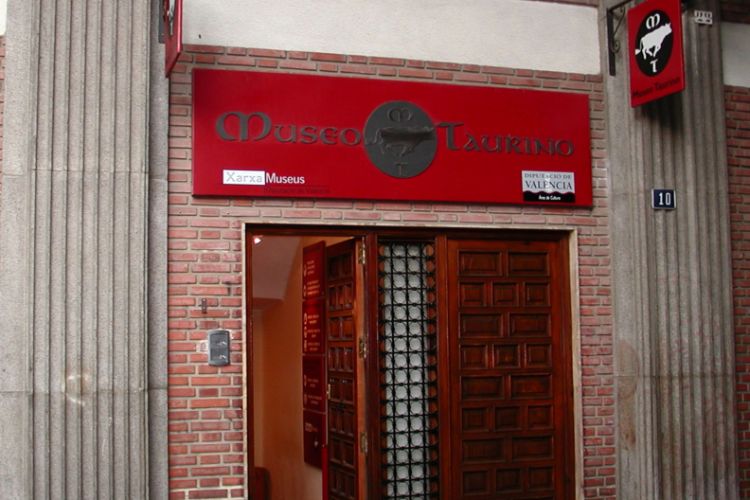
Taurino Museum
ValenciaThe Taurino Museum is a museum in Valencia that is devoted to bullfighting, a Spanish traditional, yet controversial sport. The exhibits in the museum focus mainly on costumes but the Bullfighting Museum in Valencia also displays other cultural artifacts. The collections illustrates the history of b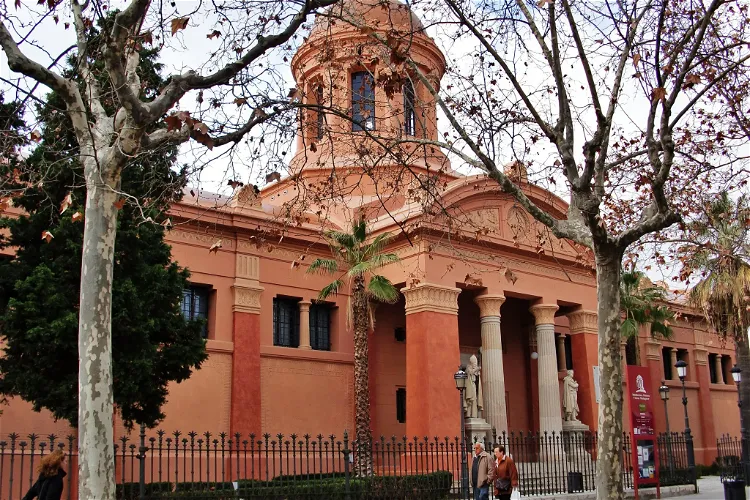
Biblioteca Museu Víctor Balaguer
Vilanova y GeltrúThe museum is home to the legacy of its founder, Víctor Balaguer. This includes a vast collection of books and various works of art that he amassed throughout his life. Visitors can explore a wide range of paintings, sculptures, ceramic and glass pieces, and ethnographic objects from distant cultures.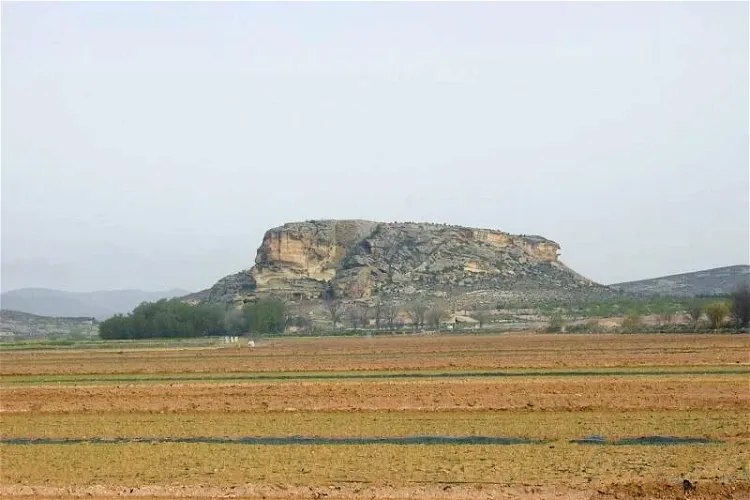
Tolmo de Minateda
HellínThe Tolmo de Minateda is an archaeological site situated in Hellín, Albacete, Spain. It has been under excavation since 1988 by a joint team from the University of Alicante and the Albacete Provincial Museum. This site offers a unique opportunity for tourists to explore the rich history and archaeological findings of the region.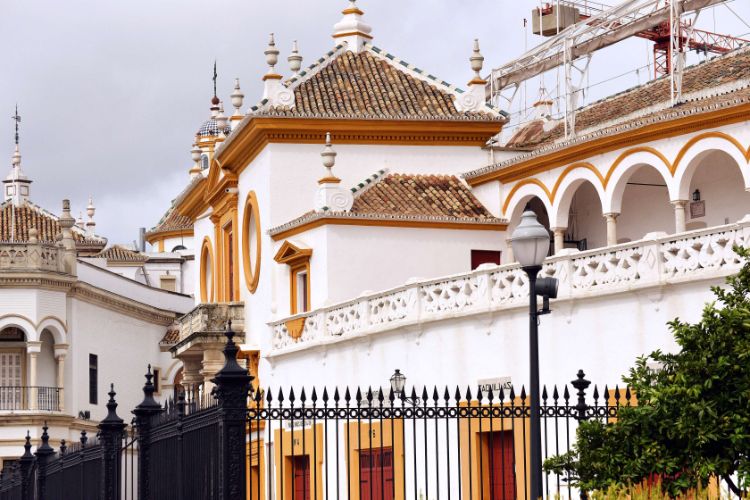
Museo Taurino
SevilleThe Bullfighting Museum of Seville (Museo Taurino) is located in the bullring of Seville. It belongs to the Real Maestranza de Caballería de Sevilla. The museum is dedicated to bullfighting in general and in Seville and displays various objects related to bullfighting.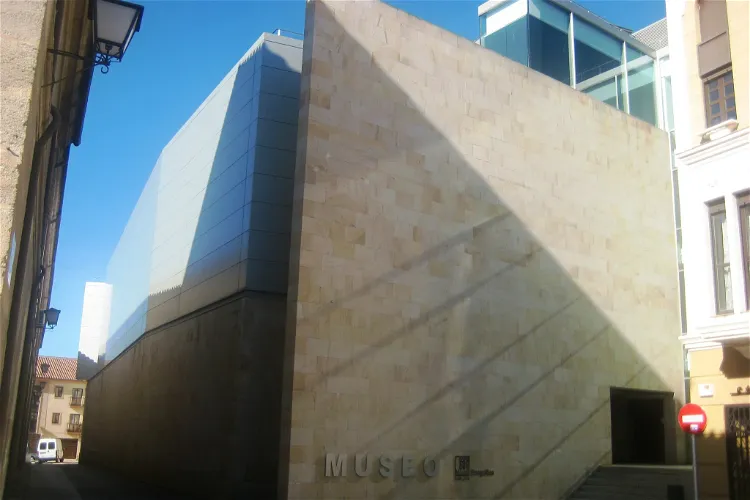
Ethnographic Museum of Castilla y Leon
LeónThe Ethnographic Museum of Castilla y León is situated in the city of Zamora. It is one of the four museums that form the Network of Regional Museums of Castilla y León. This network includes the Museum of Iron and Mining of Castilla y León, the Museum of Contemporary Art of Castilla y León, and the Museum of Human Evolution.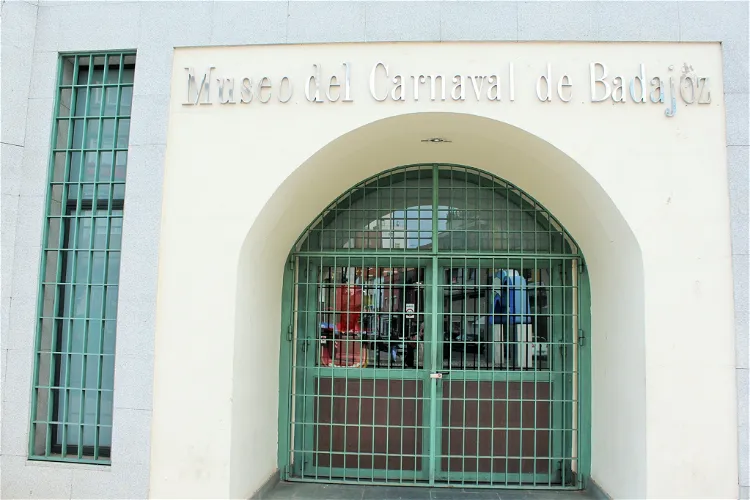
Carnival Museum of Badajoz
BadajozThe Carnival Museum of Badajoz is a dynamic representation of one of the best carnivals in Spain, a festival that has been declared of International Tourist Interest. This recognition highlights the cultural significance and the international appeal of the carnival, making the museum an interesting destination for tourists who are interested in cultural festivals and traditions.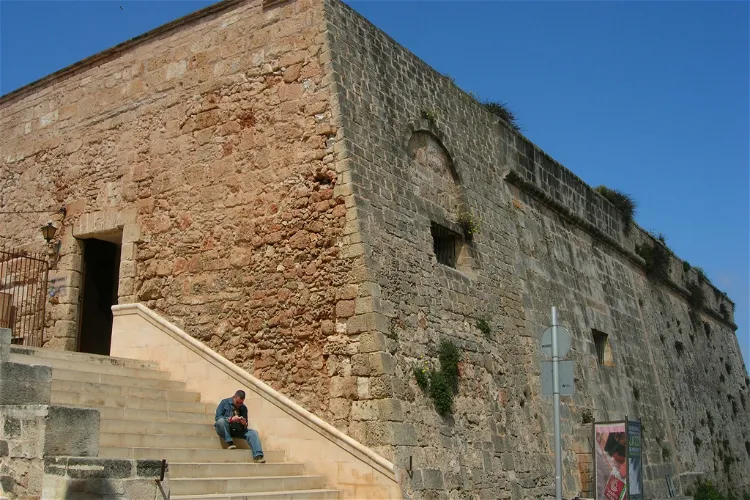
Municipal Museum of Ciutadella
CiudadelaThe Municipal Museum of Ciudadela is a cultural institution that provides insights into the history of the Spanish town of Ciudadela and the rest of the island of Menorca. It serves as a repository of knowledge and artifacts that reflect the rich cultural heritage of the region. Visitors can explore a wide range of exhibits that shed light on the historical development of the town and the island.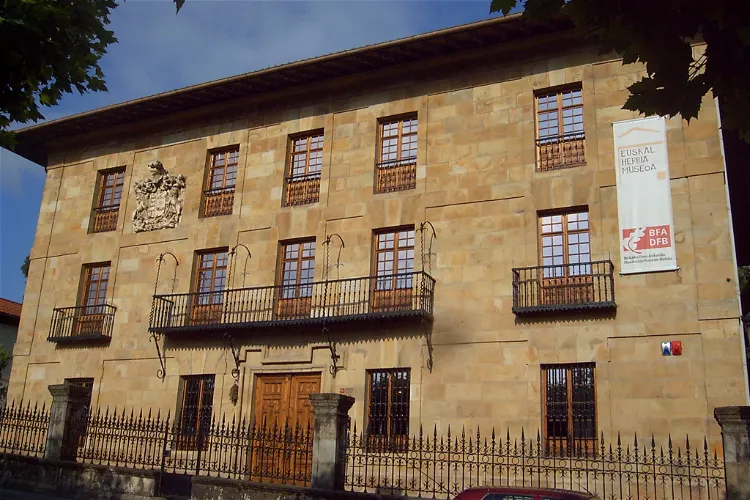
Euskal Herria Museum
GuernicaLearn more about the remarkable Basque nation and its mysterious origin. Various topics are explained and the Basque culture presented.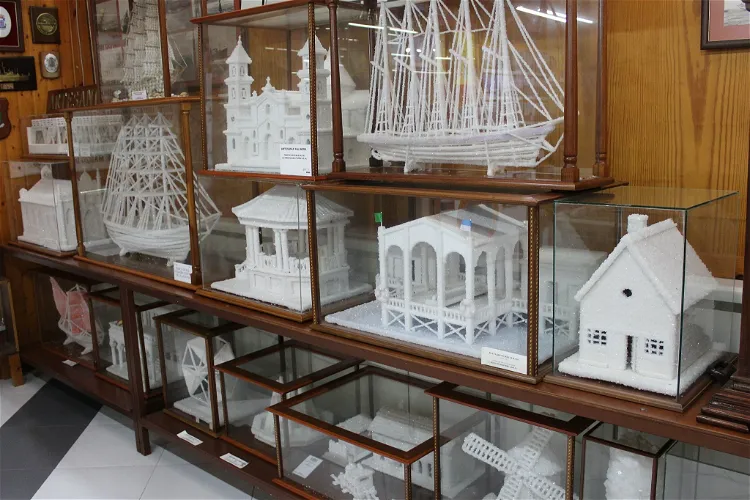
Sea and Salt Museum
TorreviejaThe Sea and Salt Museum in Torrevieja, located in the province of Alicante, Spain, is an ethnological museum that was inaugurated in 1995. It is dedicated to the maritime and salt heritage of Torrevieja, showcasing the city's rich history and culture. The museum's exhibits provide a deep insight into the city's past, making it a fascinating destination for those interested in history and culture.
Casa de las Artes
VigoLa Casa de las Artes, also known as Fundación Laxeiro, is the primary venue for temporary exhibitions organized by the culture unit of the Vigo City Council. This makes it a significant cultural hub in the city, offering a variety of exhibitions throughout the year.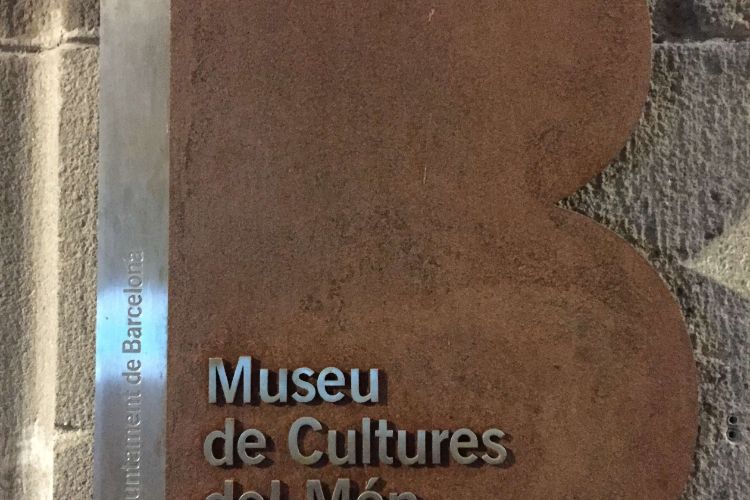
Museum of World Cultures
BarcelonaThe Museum of World Cultures showcases the artistic and cultural diversity of the peoples of Africa, Asia, America and Oceania. The museum brings together a selection of more than 30,000 objects from the Ethnology Museum and 2,356 works from the Folch Collection, the most important non-Western art c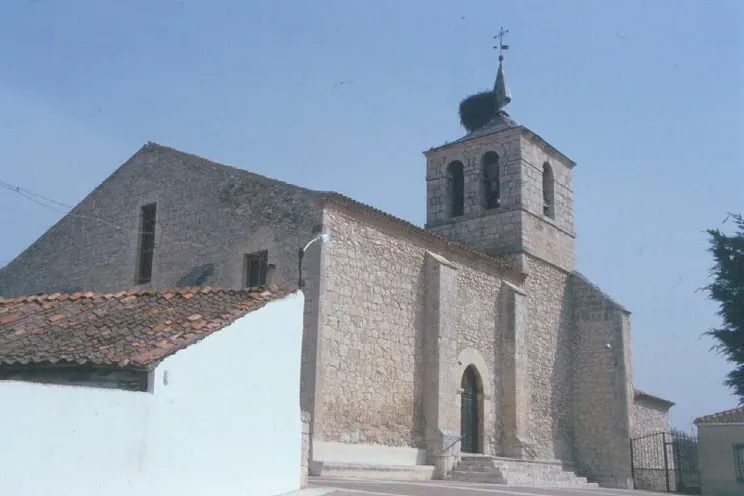
Fundación Joaquín Díaz
UrueñaThe Joaquín Díaz Foundation was established in 1994, originating from the Ethnographic Center that was founded in 1985. The foundation was created when the folklorist Joaquín Díaz donated his collections to be displayed in an 18th-century house owned by the provincial council in Urueña, Valladolid, Spain. These collections include engravings of costumes, cordel sheets, a library, a sound library, and various instruments. This rich collection offers tourists a unique insight into Spanish folklore and tradition.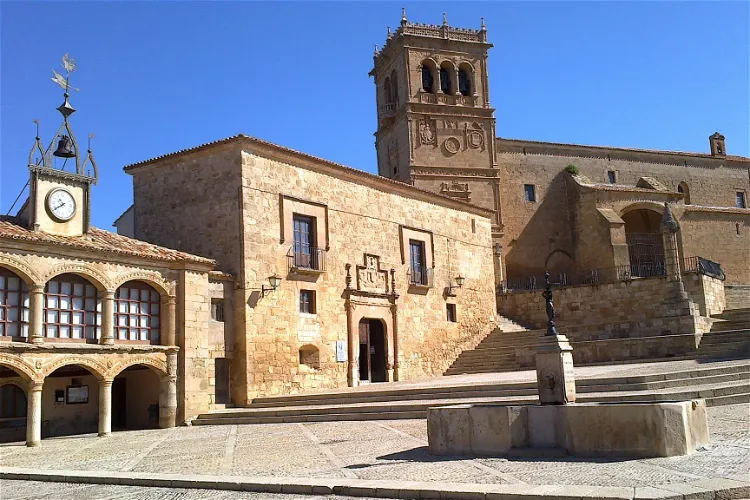
Provincial Museum of Popular Suit
Morón de AlmazánThe Provincial Museum of Popular Suit is situated in the Hurtado de Mendoza Palace, right in the heart of the Plaza Mayor of Morón de Almazán in Soria. This location is recognized as one of the most stunning architectural ensembles of the Spanish Renaissance.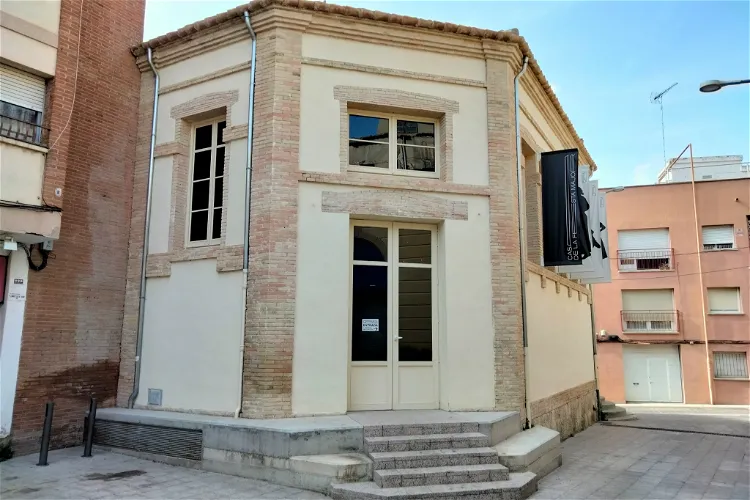
Casa de la Festa Major
Vilafranca del PenedèsLa Casa de la Fiesta Mayor in Vilafranca del Penedès is situated in the former chicken and offal market. This space is dedicated to the rich folklore of the Fiesta Mayor de Vilafranca del Penedès, a celebration that takes place from August 28 to September 3, in honor of San Félix's day. This location provides a unique insight into the local culture and traditions of Vilafranca del Penedès.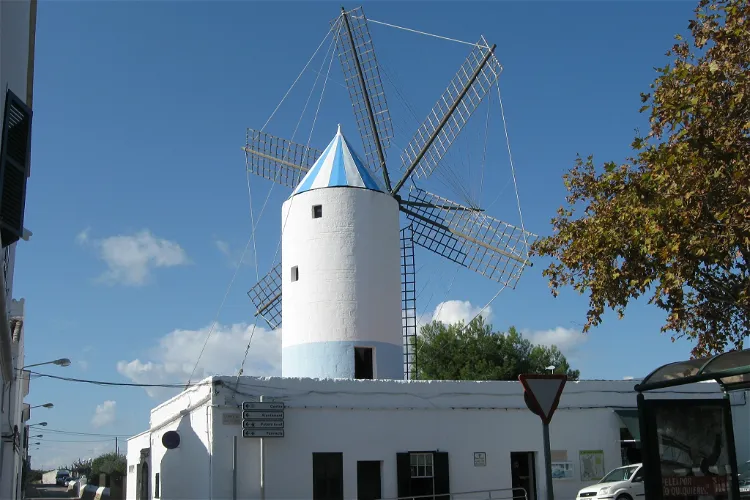
Moli de Dalt Ethnological Museum
San LuisMuseum is a souvenir of the three windmills that were major landmarks in the town. Open all year.
Maritime Museum of Asturias
GozónThe Maritime Museum of Asturias is situated in the picturesque Asturian town of Luanco. It is a part of the network of ethnographic museums of Asturias, offering a unique insight into the region's maritime history and culture.
Vaqueiro Museum of Asturias
LuarcaThe Vaqueiro Museum of Asturias is a significant part of the network of ethnographic museums in Asturias. This network is a collection of museums that focus on the cultural and historical aspects of the Asturian region. The Vaqueiro Museum, in particular, provides a deep dive into the lifestyle of the Vaqueiros, a nomadic group in Asturias.
Archaeological Museum of Biscay
BilbaoThe Archaeological Museum of Biscay (Arkeologi Museoa) is dedicated to the history of the provence of Biscay and aims to connect the past with today's society. The exhibition area of two floors shows the history of the province through the traces left by its inhabitants from prehistory to recent tim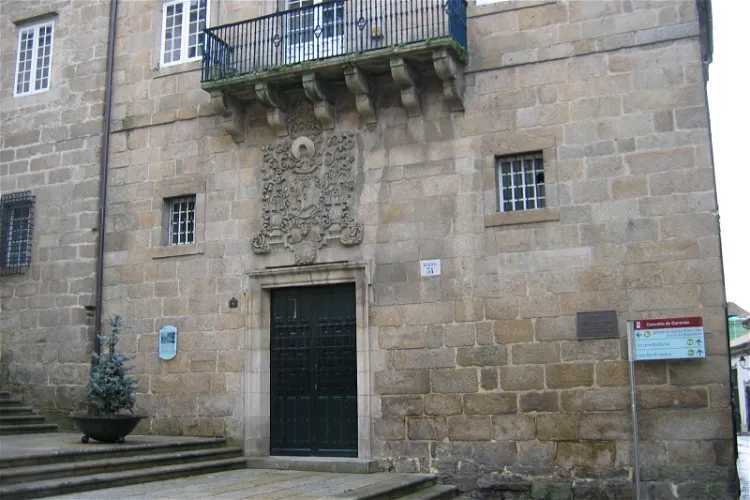
Museo Arqueolóxico Provincial de Ourense
OurenseThe Museo Arqueológico Provincial de Orense is a provincial museum situated in the city of Orense. Its primary focus is to narrate the history and culture of the region. The museum is a great place for tourists who are interested in learning about the history and culture of Orense and its surrounding areas.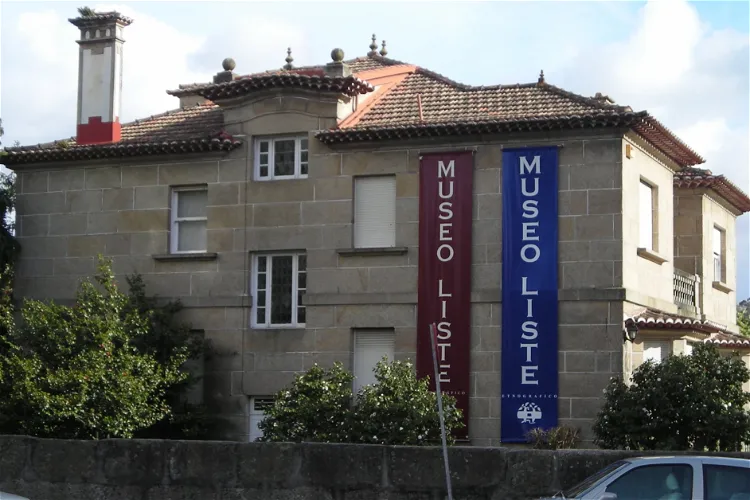
Liste Ethnographic Museum
VigoThe Liste Ethnographic Museum in Vigo is home to a vast collection of over 2,000 pieces that represent the material and spiritual culture of Galicia. This collection provides a comprehensive overview of the Galician heritage, including the artisanal trades, many of which are no longer in existence, traditional agricultural work, and numerous examples of religion and popular medicine. This museum offers a unique opportunity to delve into the rich cultural history of Galicia.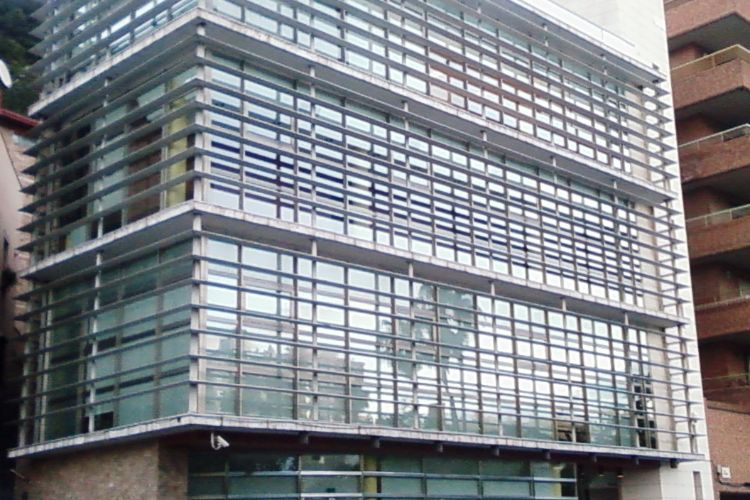
Museo del Patrimonio Municipal
MálagaMuseo del Patrimonio Municipal (The Municipal Heritage Museum, MUPAM) is a museum of art and history in Málaga housed in a building designed by Federico Orellana Ortega. The musuem holds a colelction of objects related to the city, consisting of 5,000 pieces owned by the City of Malaga, spanning the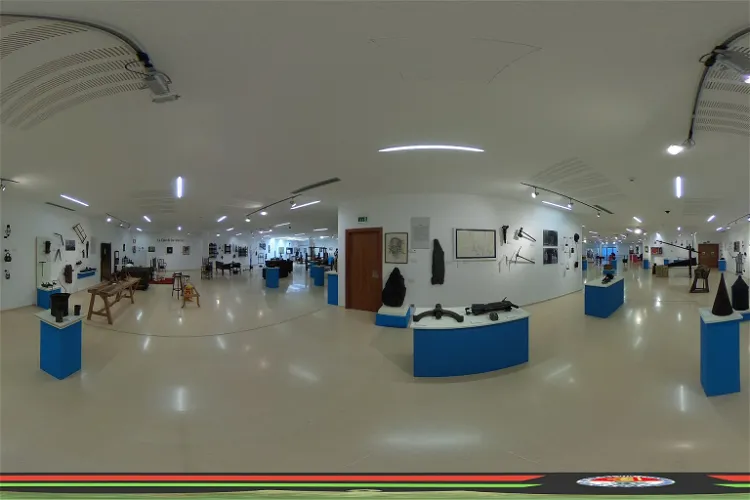
Alto Bierzo Museum
BembibreThe Alto Bierzo Museum, located in Bembibre, Castilla y León, Spain, was established on June 26, 1987. The museum's mission is to showcase the historical heritage of Alto Bierzo, including traditional customs, domestic and agricultural tasks, and various trades and crafts. It houses a wide range of materials, including archaeological, historical, and ethnographic items, all related to Alto Bierzo and its sphere of influence. The museum is dedicated to promoting the knowledge, study, and dissemination of these materials.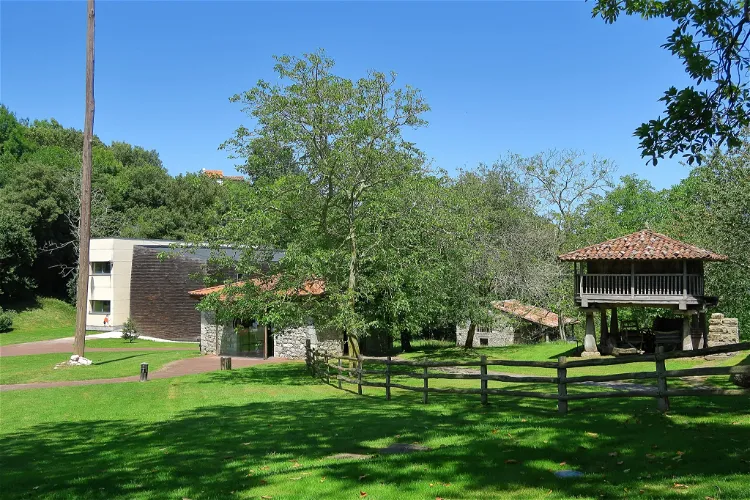
Museo Etnográfico del Oriente de Asturias
LlanesThe Museo Etnográfico del Oriente de Asturias is a quaint museum nestled in the village of Porrúa in Llanes, Asturias. This museum offers a unique glimpse into the region's rich cultural and historical heritage, making it an interesting stop for those keen on understanding the local way of life.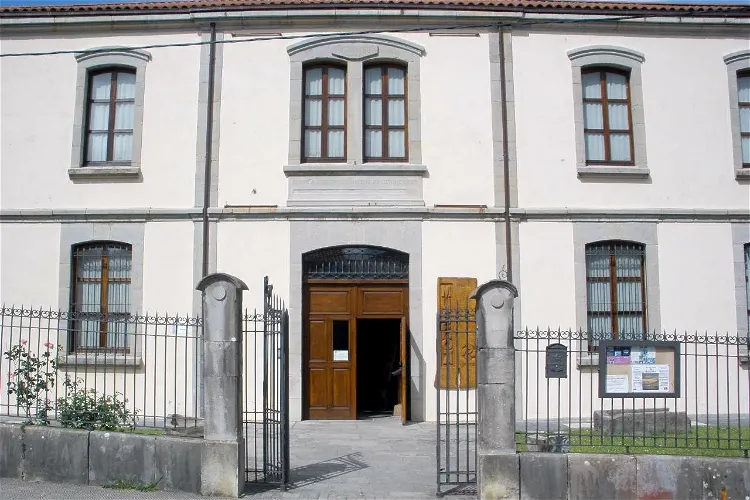
Artziniega’s Ethnographic Museum
ArceniegaThe Artziniega Ethnographic Museum, situated in the town of Arceniega in the province of Alava, was initiated in 1977 by a group of young individuals who organized an exhibition of antique objects. This event was a success and served as a stimulus for the systematic collection of items related to the trades known in the Arceniega area and its region, with the idea of preparing a permanent exhibition.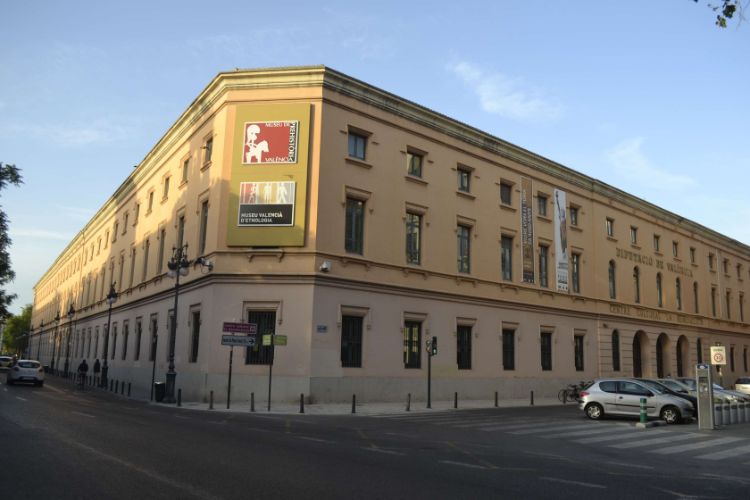
Museu Valencià d'Etnologia
ValenciaThe Valencian Museum of Ethnology (Museu Valencià d'Etnologia) is a history musuem in Valencia dedicated to ethnology and anthropology. It focuses on the cultural patterns of traditional Valencian society and its process of transition to industrialized society, as well as the general scope of cultur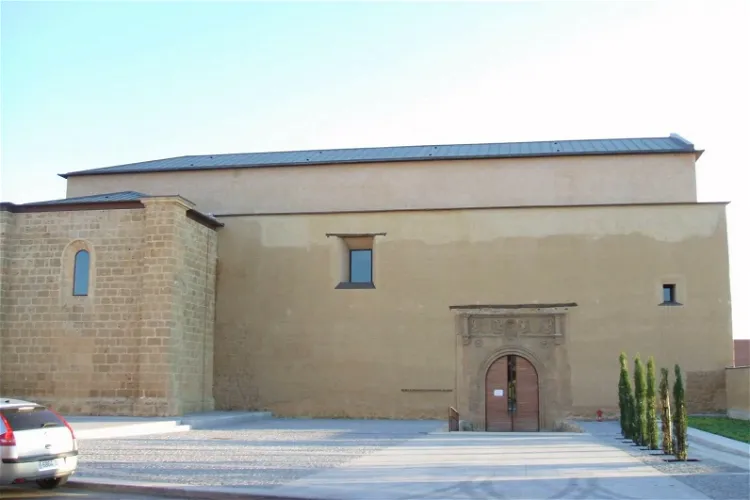
Museo Etnográfico Provincial de León
Mansilla de las MulasThe Museo de los Pueblos Leoneses, previously known as the Museo Etnográfico Provincial de León, is a cultural center situated in the town of Mansilla de las Mulas in León, Spain. This museum is dedicated to the preservation, study, and dissemination of both tangible and intangible ethnographic heritage from all regions of León.
Angel Orensanz Museum and Arts
SabiñánigoThe Angel Orensanz Museum and Arts of Serrablo is an ethnological museum located in the Bridge of Sabiñánigo, province of Huesca, Aragon, Spain. It is housed in a typical 19th-century building of the Aragonese Pyrenees called Casa Batanero. The museum was inaugurated in 1979 as a result of the collaboration between the Friends of Serrablo Association, the sculptor Angel Orensanz, and the Sabiñánigo City Council.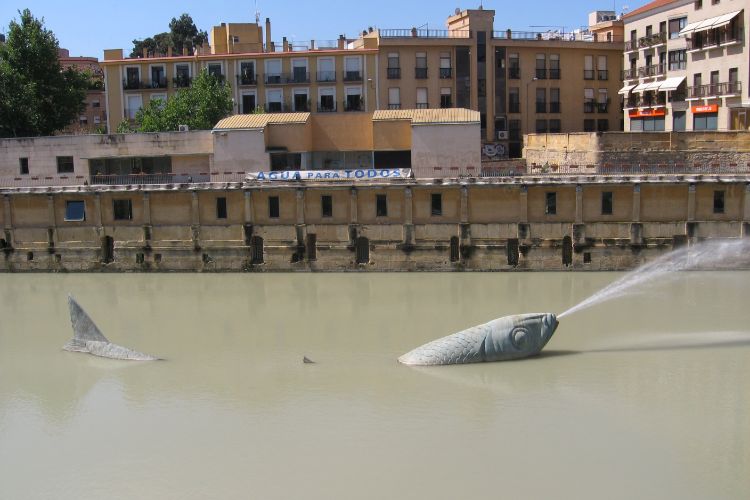
Espacios Molinos del Rio Caballeriza - Museo Hidraúlico
MurciaEspacios Molinos del Rio Caballeriza - Museo Hidraúlico (also The Hydraulic Museum of the Molinos del Río Segura) is located in the city of Murcia. The historic building of the mills, from the 18th century, underwent a renovation to be adapted into a museum by Juan Navarro Baldeweg. It shows the fac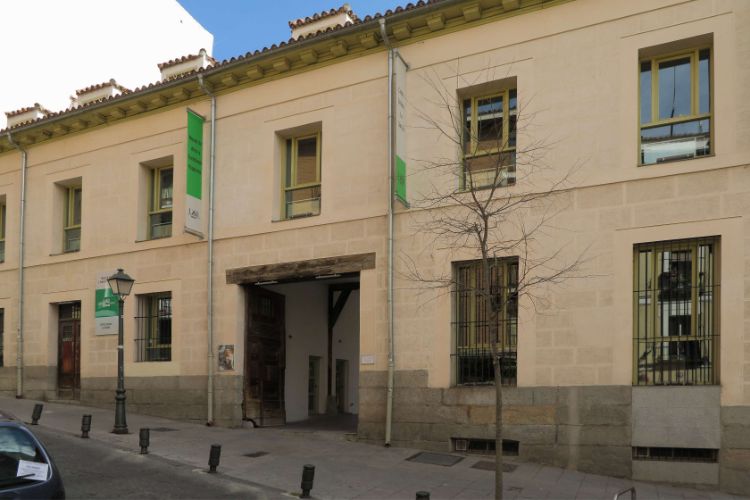
Corrala Cultural Center - Museum of Popular Arts and Traditions
MadridThe Corrala Cultural Center is home to the Museum of Popular Arts and Traditions. The museum's collection contains more than 8,000 pieces from all over Spain, from musical instruments and handicrafts to dresses or farming tools.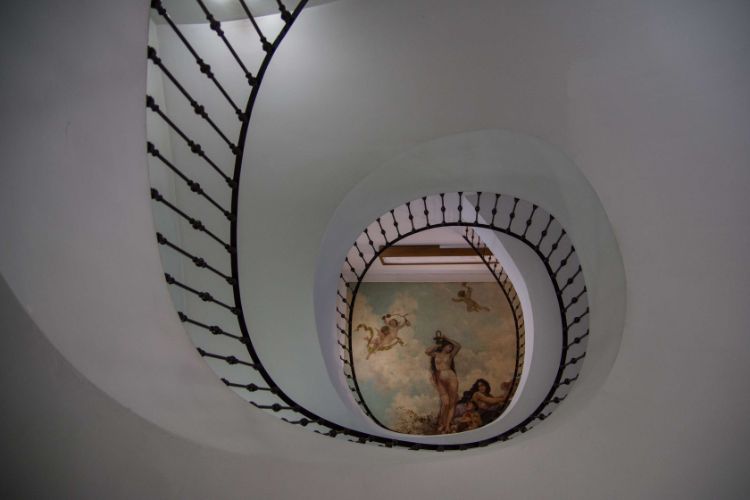
Museo de la Ciudad de Murcia
MurciaMuseo de la Ciudad de Murcia (The Museum of the City of Murcia) is a museum in Murcia that is housed in the former home of the Lopez Ferrer, next to the Salitre Garden and in front of the Agustinas Convent of Corpus Christi. The museum is divided thematically into two areas: The ground floor, where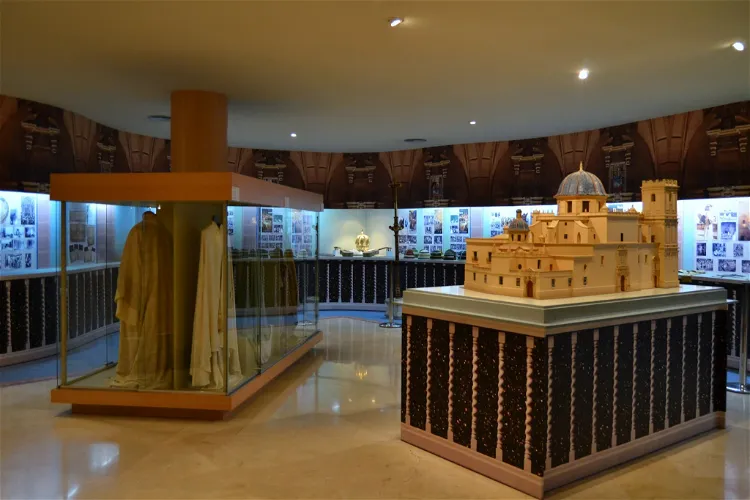
Museo de la Festa
ElcheThe Museo Municipal de la Festa in Elche, located in Alicante, Spain, was established with the aim of encapsulating the enchantment of the Festa and making it accessible to visitors all year round. This museum serves as a gateway to experience the unique cultural celebration, regardless of the time of your visit.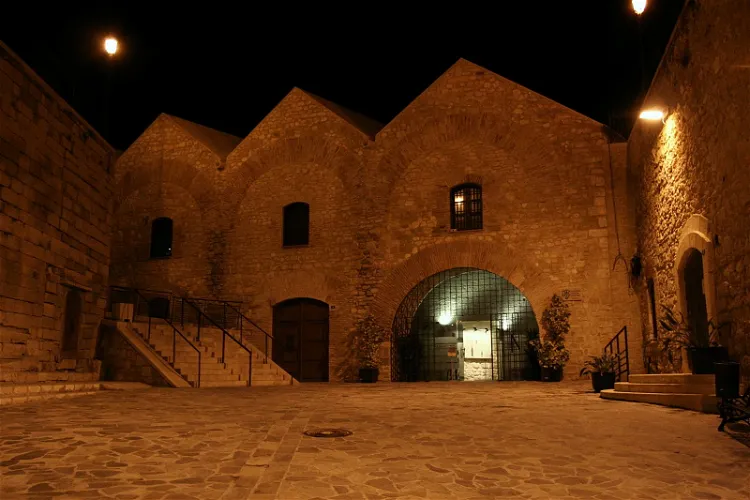
Ethnographic Museum of Amazigh and Sephardic Cultures
MelillaThe Museum of Popular Arts and Customs of Melilla is situated in a historic location, the old Weapons Room of San Juan, within the First Fortified Enclosure of Melilla La Vieja. This location adds a layer of historical significance to the museum, making it a fascinating destination for those interested in the rich history of Melilla.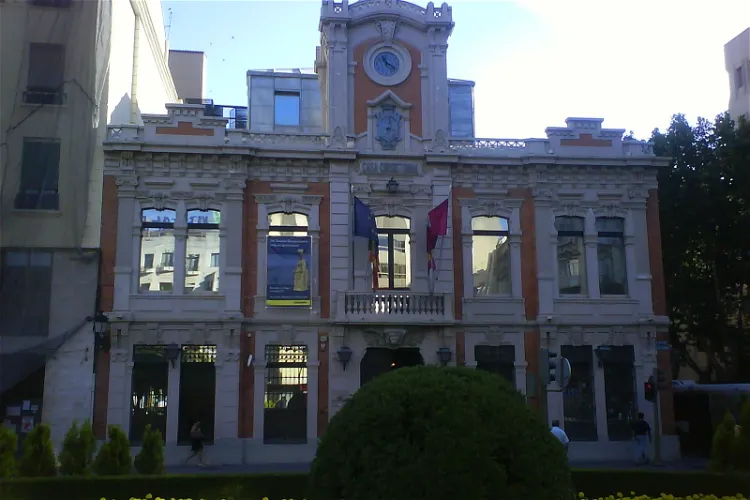
Municipal Museum of Albacete
AlbaceteThe Municipal Museum of Albacete is situated in the Altozano square, a central location in the Spanish city of Albacete. This location makes it easily accessible for tourists and locals alike. The museum is housed in the former city hall of Albacete, adding a historical touch to the museum's setting.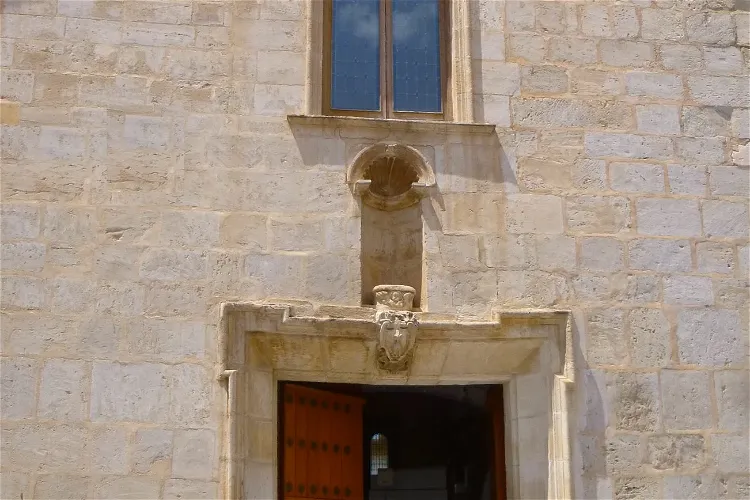
Regional Archaeological Museum of Orihuela
OrihuelaThe Regional Archaeological Museum of Orihuela is situated in the church and men's room of the former municipal hospital San Juan de Dios. This unique location adds a historical charm to the museum, making it an interesting place to visit for those interested in architecture and history.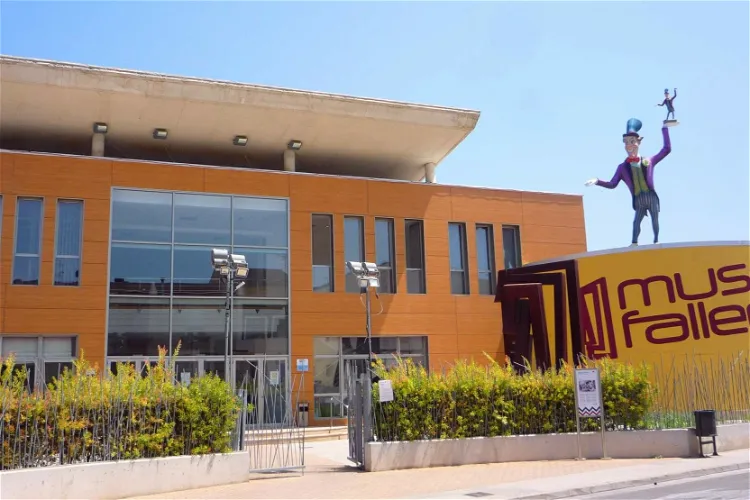
Faller Museum of Gandia
DeniaThe Faller Museum of Gandia, located in Valencia, is a unique institution dedicated to the interpretation of the Fallas festival. This museum provides an in-depth understanding of this traditional celebration, making it an interesting destination for tourists interested in local culture and traditions.
Museum of Sacred Art Betancuria
BetancuriaA chance to learn all about the island's culture, from weavers at work to the local cheese. There is even a small shop.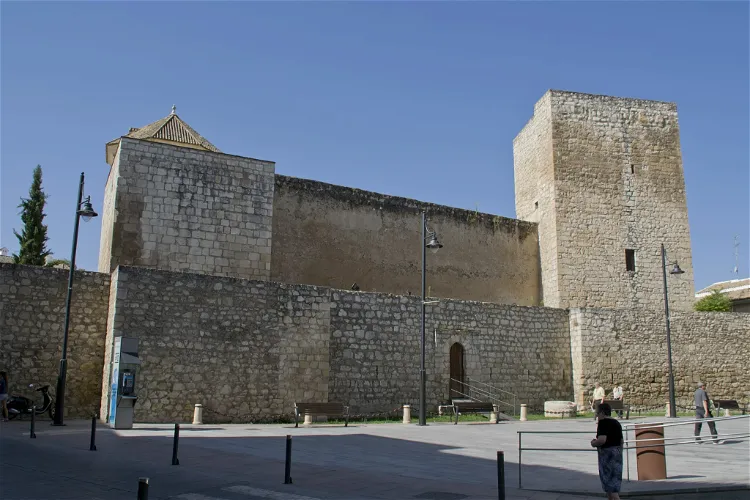
Castle of the Moral
LucenaThe Castle of the Moral, also known as the Castle of Lucena, is a military fortress located in the municipality of Lucena, Córdoba, Spain. It is a significant historical site that dates back to the arrival of the Almohad Empire in the villages in 1148. The castle was strategically built to safeguard the Cora Cabra-Baena, which was possibly very unstable and governed through the control of North-South commercial caravans.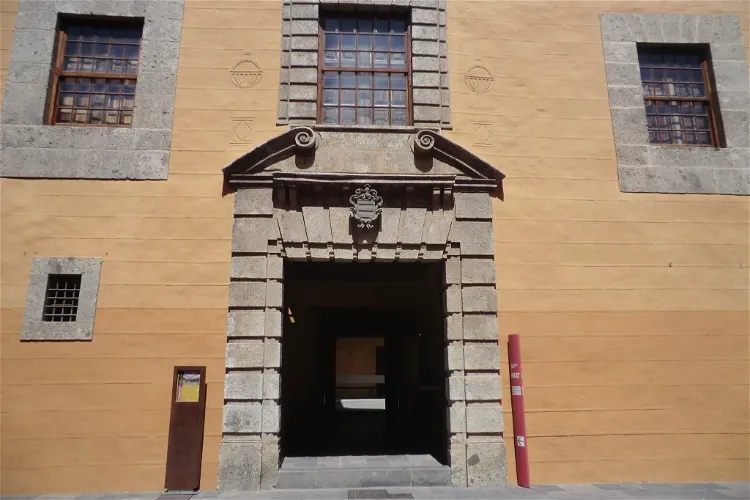
Museo de Historia y Antropologia de Tenerife (Casa Lercaro)
San Cristóbal de La LagunaThe primary role of the Museo de Historia y Antropología de Tenerife is to research, preserve, and disseminate the popular culture of the Canary Islands. Visitors to the museum can expect to gain a deep understanding of the region's cultural and social realities through the museum's exhibits and collections.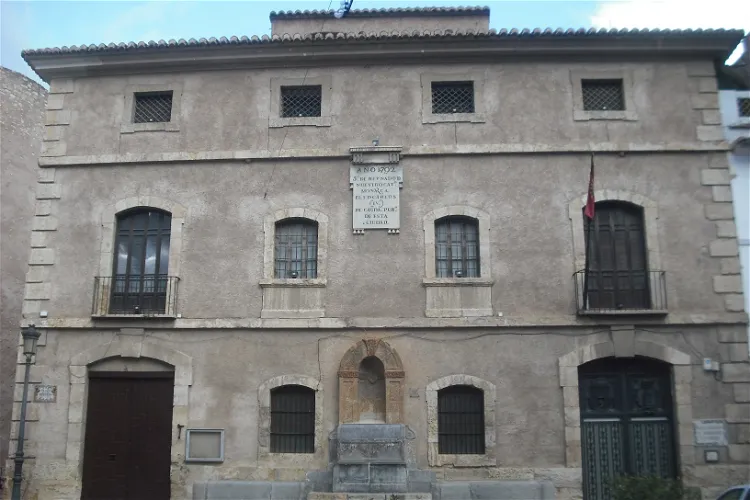
Segorbe Municipal Archaeological and Ethnological Museum
SegorbeThe Segorbe Archaeological and Ethnological Museum is housed in a neoclassical building that was erected in 1792. This building, known as the old Barracks House, is conveniently located in the Mesones square. It is in close proximity to the medieval aqueduct and the Botxí and Jail towers, making it a part of the rich historical landscape of Segorbe.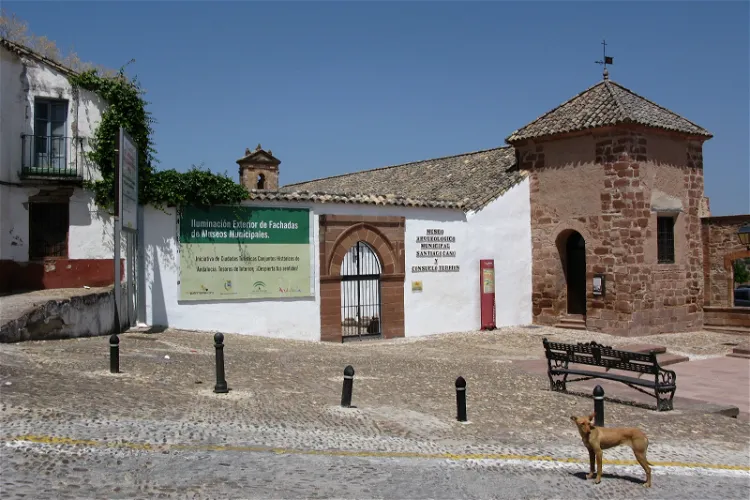
Archaeological Town Museum
MontoroThe Archaeological Municipal Museum of Montoro is a city-owned and managed museum located in the city of Montoro, in the province of Córdoba, Spain. This museum is a significant part of the city's cultural heritage and offers visitors a chance to explore the rich history of the region.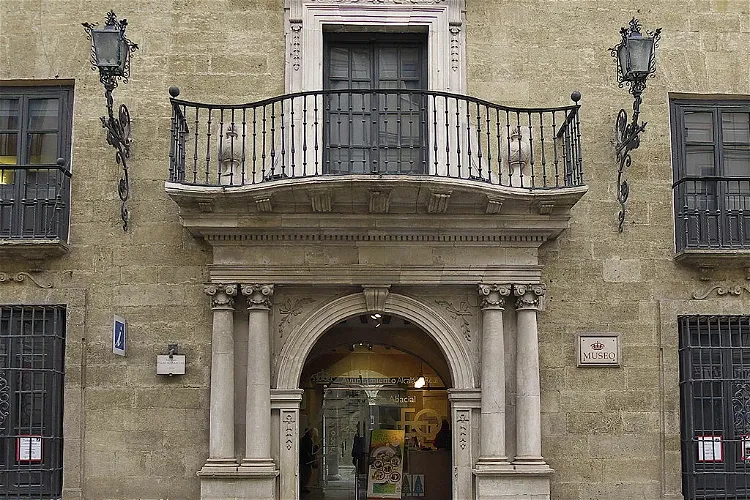
Abbey Palace
Alcalá la RealThe Municipal Museum of Alcalá la Real is a significant cultural institution in the province of Jaén, Spain. Managed and owned by the municipality, it is situated in the town of Alcalá la Real. The museum offers a rich collection of archaeological, ethnological, anthropological, paleontological, and scientific exhibits, making it a fascinating destination for those interested in a wide range of disciplines.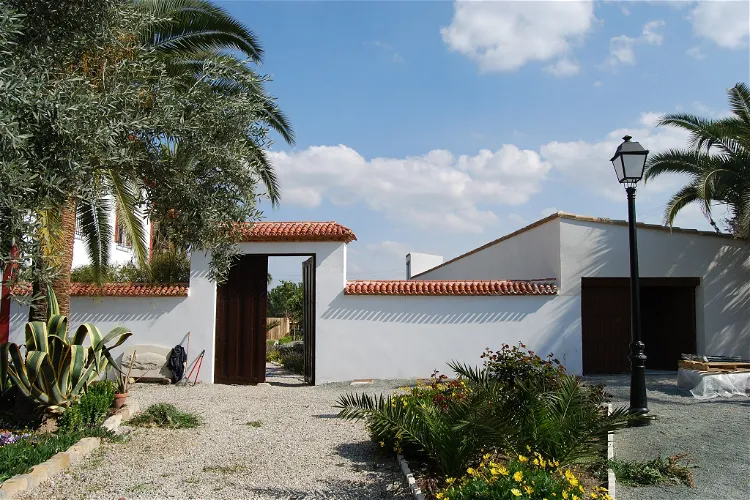
Casa del Cura Ethnographic Center
Puerto LumbrerasLa casa del Cura is a manor house situated in the town of Puerto Lumbreras, in the Region of Murcia, Spain. This historic building offers a glimpse into the past, showcasing the traditional architecture of a rural farmhouse. It is an important landmark in the region and a significant part of the local heritage.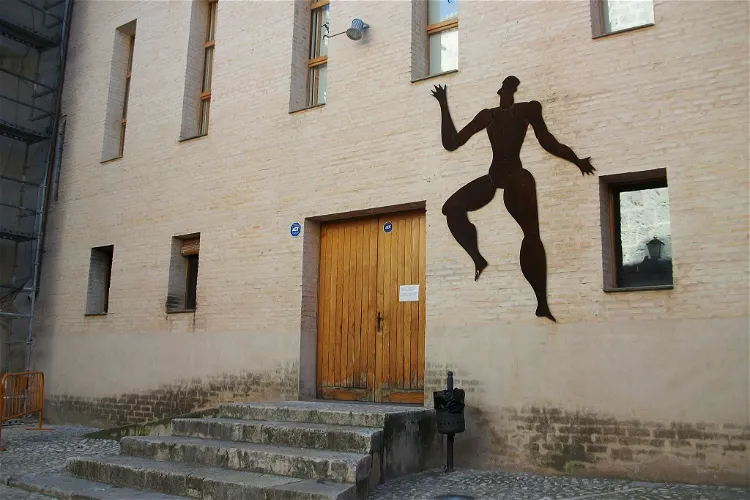
Albaida International Puppet Museum
AlbaidaThe Albaida International Puppet Museum, also known as MITA, is a municipal museum located in Albaida, Valencia, Spain. The museum is dedicated to the preservation, conservation, study, research, and communication of puppet art. It is a place where visitors can learn about the history and techniques of puppetry, and see a wide range of puppets from around the world.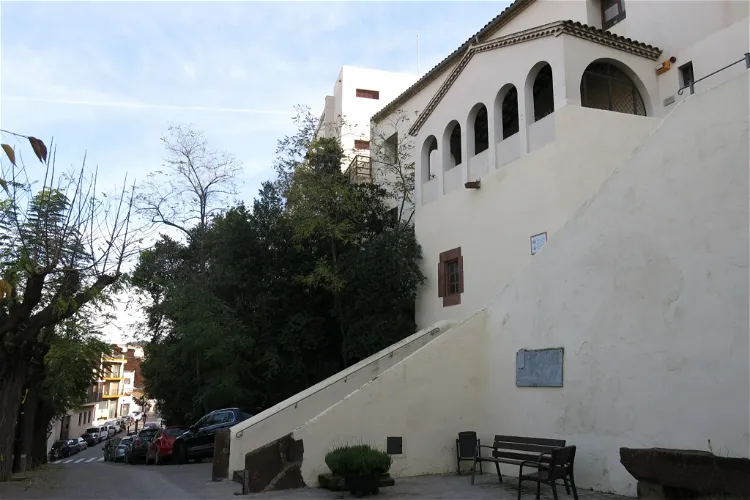
Vicenç Ros Municipal Museum
MartorellThe Vicenç Ros Municipal Museum, located in Martorell, is housed in part of the old Capuchin convent, a structure dating back to the 17th century. This historical setting adds a unique charm to the museum, making it a fascinating place to explore for those interested in history and architecture.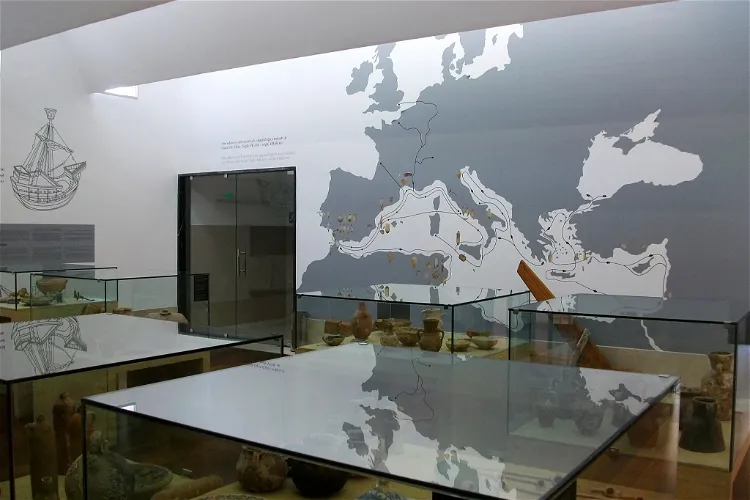
Soler Blasco Archaeological and Ethnographic Museum
JáveaThe Soler Blasco Archaeological and Ethnographic Museum, also known as the Soler Blasco Museum or the Xàbia Museum, is a municipal archaeological and ethnographic museum located in the Spanish municipality of Jávea. It is a significant cultural institution in the region, offering visitors a chance to explore the rich history and ethnography of the area.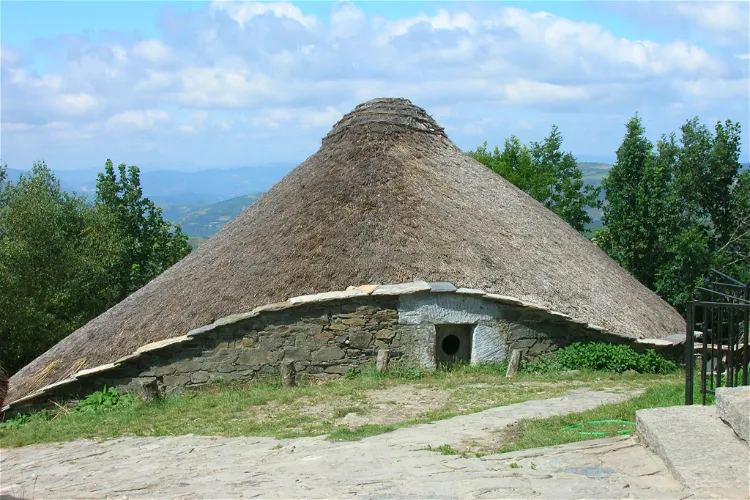
Cebreiro Ethnographic Reserve
Pedrafita do CebreiroVillage with traditional pallozas (slate and granite house with thatched roof) built around a pre-Romanesque shrine from 9th century.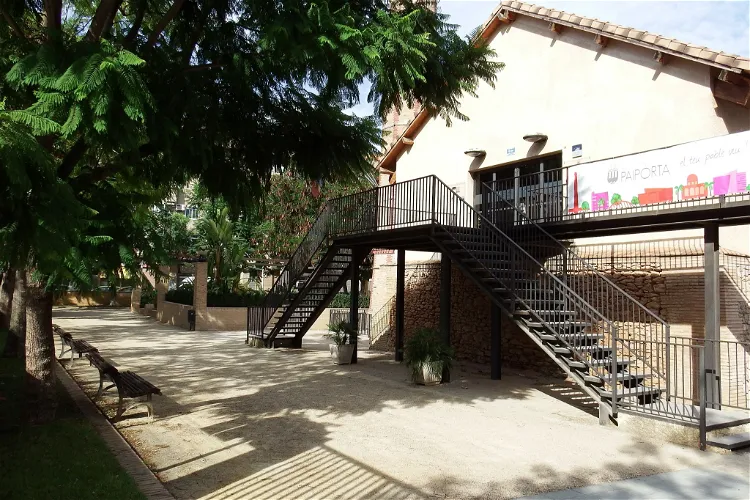
Museum of Rajoleria de Paiporta
PaiportaThe Museum of Rajoleria de Paiporta is an ethnological museum that is situated in an old brick factory known as Rajolar de Bauset. This unique location adds a historical and cultural depth to the museum, making it an interesting destination for tourists who are interested in the local culture and history.
Museo Histórico Municipal de Carcabuey
CarcabueyThe Museo Histórico Municipal de Carcabuey is a municipal museum situated in the town of Carcabuey, in the province of Córdoba, Spain. It is managed and owned by the municipality, making it an integral part of the local community and its cultural heritage.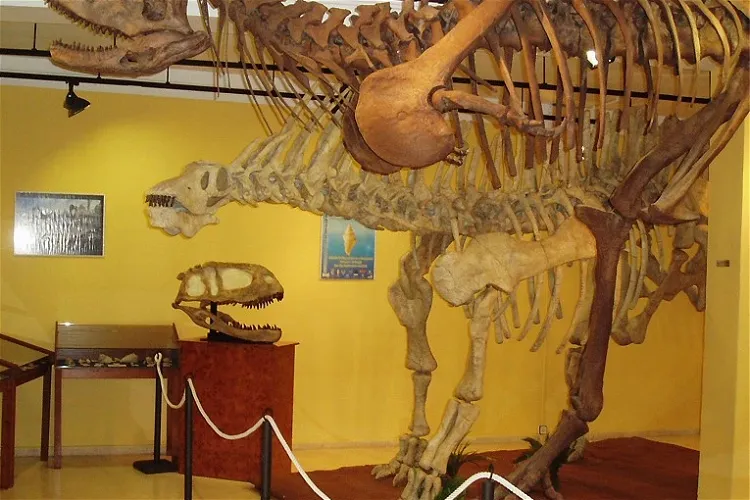
Ethnographic Museum
EsteponaThe Municipal Museum of Estepona is a unique museum complex located in Estepona, Spain. It is composed of five sub-museums, each dedicated to a different theme. These themes include archaeology, paleontology, ethnography, bullfighting, and image and sound. This diverse range of themes provides a comprehensive insight into the rich history and culture of Estepona and the surrounding region.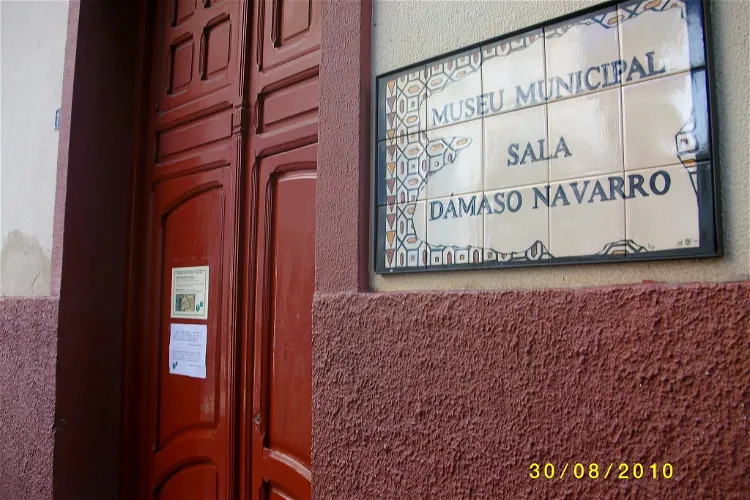
Museum Damaso Navarro
PetrerThe Dámaso Navarro Archaeological and Ethnological Museum is situated in the Spanish municipality of Petrer, Alicante. This location makes it easily accessible for tourists visiting the region. The museum offers a unique opportunity to explore the rich history and culture of the area.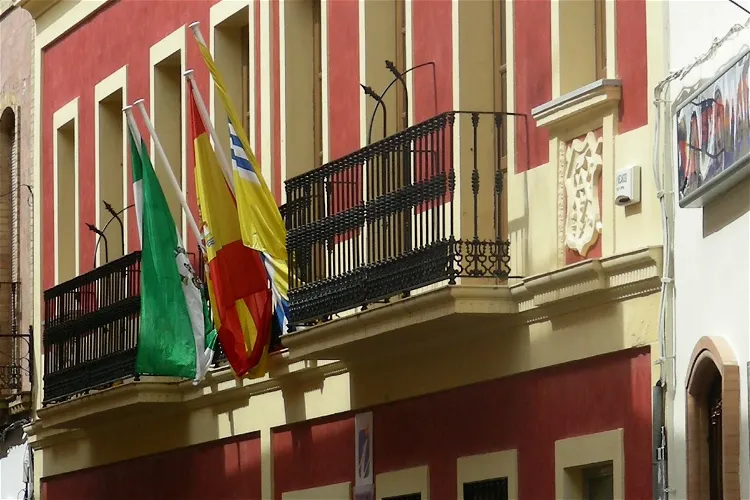
Carnival Museum
Isla CristinaThe Carnival Museum of Isla Cristina, situated in Huelva, Spain, is a unique cultural destination that was inaugurated in 2007. The museum is housed in a rehabilitated 19th-century courtyard, a typical residential construction of the working class during that era. This historical setting adds a layer of authenticity to the museum experience, making it a fascinating place to explore.
Museo de Artes y Costumbres Populares
BegíjarThe Museo de Artes y Costumbres Populares de Begíjar is situated in the historic center of the municipality of Begíjar, in the province of Jaén, Spain. This location is part of the cultural heritage declared by the Junta de Andalucía with integral protection. The museum is dedicated to the research, dissemination, and conservation of historical and anthropological heritage, from the perspective of social processes and respect for cultural diversity.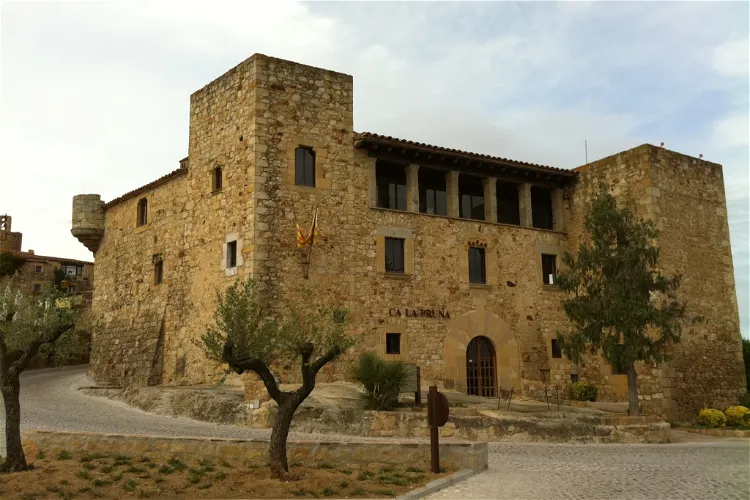
Ca la Pruna - Culture Museum
PalsCa la Pruna is a significant historical site in Pals, dating back to the 16th century. This fortified building is situated at the beginning of the old town, making it a central point of interest for visitors. Its location and historical significance provide a unique insight into the architectural and cultural heritage of the region.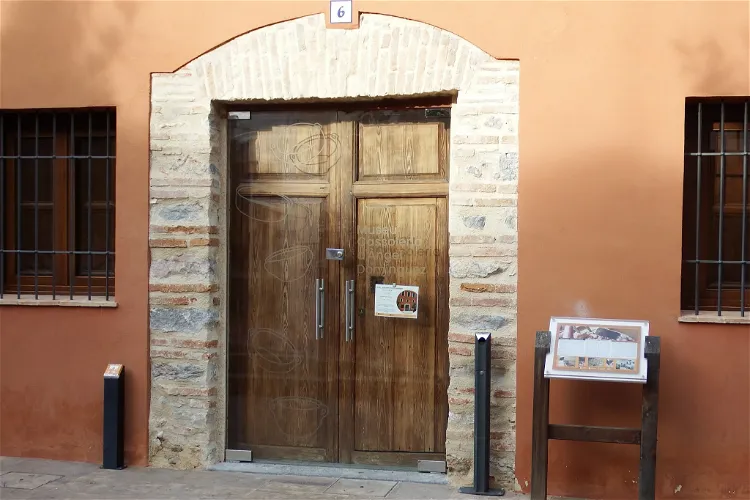
Museu Cassoleria d'Angel Dominguez
PotríesThe Museu Cassoleria d’Àngel Domínguez has also achieved the Q certification. This certification is granted by the Institute for Spanish Tourist Quality (ICTE), indicating that the museum meets high standards of quality in terms of services and facilities. This ensures a satisfactory visit for tourists.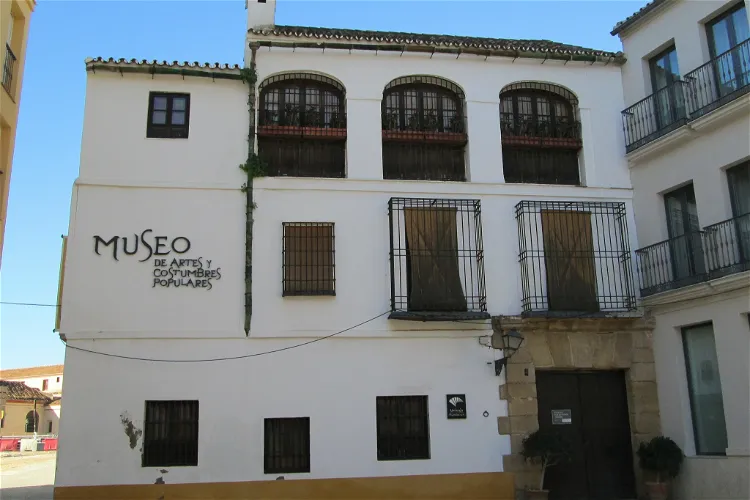
Museum of Arts and Popular Customs
CómpetaThe Museum of Arts and Popular Customs, also referred to as the Unicaja Museum of Popular Arts, is an ethnographic museum. It is situated in the Historic Center of Málaga, Spain. This location makes it easily accessible for tourists who are exploring the city's rich history and culture.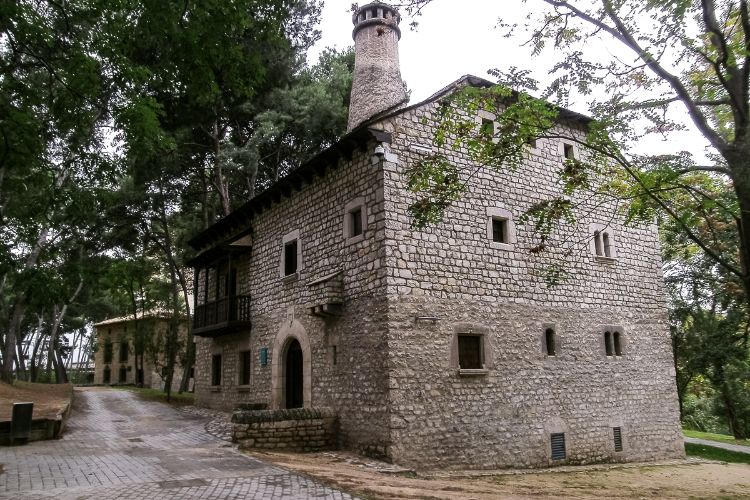
Museo de Zaragoza Sección Etnología
ZaragozaThe Section of Ethnology of the Museum of Zaragoza (Museo de Zaragoza Sección Etnología) holds a collection of objects of the domestic life of the Aragonese Pyrenean valleys. The museum is housed in the casa ansotana where visitors can see the collections of various traditional Aragonese costumes as
Ethnology Museum of Barcelona
BarcelonaThe main premise of the Ethnology Museum of Barcelona is that ethnology is more than just a set of objects. The pieces are the starting point that allows visitors to interpret their social surroundings. The Ethnology Museum of Barcelona is now focused on the Catalan area, without forgetting its rela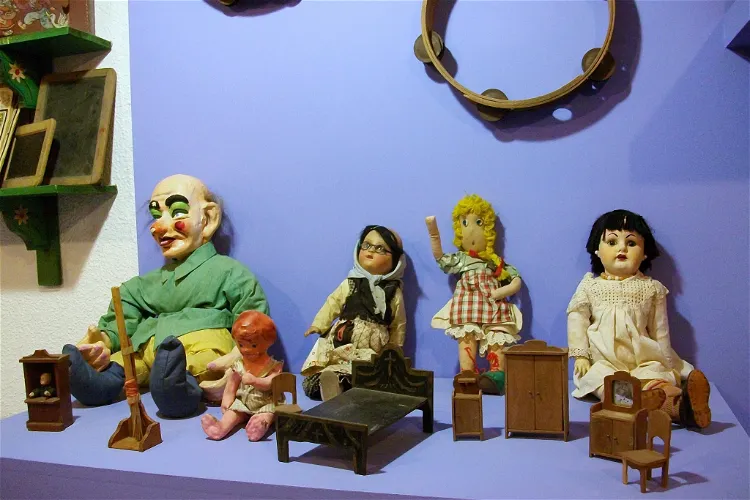
Ethnological Museum
Castelló de la PlanaThe Ethnological Museum of Castellón, also known as Museu d'Etnologia de Castelló in Valencian, is a significant cultural institution in the city of Castellón de la Plana. It is managed by the City Council of Castellón de la Plana and is situated in the heart of the city. The museum offers a deep dive into the ethnological aspects of the region, making it a fascinating destination for those interested in cultural exploration.- 132
Centro de interpretación Judería de Sevilla
SevilleThe Centro de interpretación Judería de Sevilla is a museum in Seville that is focused on the neighborhood and its Jewish history, culture and the Diaspora. - 133
Raisin Museum
AlmácharSmall museum presenting the story of grapes being turned into raisins. There are traditional tools and photos on display. - 134
Centro de Interpretación de la Emigración e Instrucción Pública
BoalThe Centro de Interpretación de la Emigración e Instrucción Pública is an interpretation center situated in the Asturian council of Boal. More specifically, it is located in the town of San Luis, which is approximately 2 km away from the municipal capital. To reach the center, one would need to take the AS-12 road in the direction of Grandas de Salime. - 135
Museo De Las Hogueras
AlicanteMuseo de Hogueras is a museum in Alicante that is dedicated to the history of Alicante's most famous Festival: the Hogueras de San Juan. It exhibits its collection of objects related to the festival. - 136
Ecomuseum of the Ebro Delta Natural Park
Sant Jaume d'EnvejaThe Ecomuseum of Somiedo is situated in the Asturian localities of Caunedo and Veigas, both within the council of Somiedo. This location in the heart of Asturias offers visitors the opportunity to explore the beautiful natural surroundings in addition to the museum itself. The museum's location also provides a context for the exhibits, as they reflect the traditions and culture of the local area. - 137
Museo Etnográfico de Ibiza
Dalt Vila - Old Town Ibiza CityMuseum opened in 1994. Contains a permanent exhibition of farming and fishing tools, clothing, jewelry and other. - 138
Wood Museum
CasoThe Wood Museum of Caso, located in the Asturian town of Veneros, is a part of the network of ethnographic museums in Asturias, Spain. This museum provides a unique insight into the importance of wood in the traditional life of Asturian villages. - 139
MUHBA El Call
BarcelonaMUHBA El Call lets you discover how Barcelona's Jewish community lived in medieval times. The museum is located in the former house of the veil weaver Joseph Bonhiac and covers the role played by the Jews in Barcelona’s history and the splendour of their cultural legacy. - 140
Museo de Palenzuela
PalenzuelaThe Museo de Palenzuela is a museum situated in the tranquil and rural town of Palenzuela. This location offers a peaceful and authentic experience for visitors who are interested in exploring the local culture and history. - 141
Museo Africano Mundo Negro
MadridThe Museo Africano Mundo Negro is a museum in Madrid that is dedicated to the history of African tribal culture that is housed in the offices of the Combonian Missionaries of Madrid. The museum is dedicated to the missionary work of Saint Daniele Comboni during his trips to Africa between 1854 and 1 - 142
Museo de Moros y Cristianos de Murcia
MurciaMuseo de Moros y Cristianos de Murcia (Moors and Christians Museum of Murcia) is a museum in Murcia that is dedicated to the most popular festival in the city of the Moors and Christians. The museum holds collections of costumes of the different kábilas and mesnadas that parade during the festivitie - 143
Museo del Casal de Cultura
SóllerEl Museo de Sóller is a multidisciplinary museum situated in the beautiful town of Sóller, on the island of Mallorca, part of the Balearic Islands in Spain. This museum offers a diverse range of exhibits, making it an interesting destination for tourists with varied interests. - 144
Museo Municipal de Palma del Río
Palma del RíoThe Museo Municipal de Palma del Río is a museum that is managed and owned by the municipality. It is located in the city of Palma del Río, which is in the province of Córdoba, Spain. This museum is a representation of the city's commitment to preserving and showcasing its rich history and culture. - 145
Museo Arqueológico
Callosa de SeguraThe Museo de Historia de la Ciudad en Callosa de Segura, located in the province of Alicante, Spain, is housed in a historic building that was once the municipal slaughterhouse, constructed in 1929. This unique location adds a layer of historical significance to the museum, making it an interesting destination for those interested in architecture and history. - 146
Ecomuseum of Somiedo
SomiedoThe Ecomuseum of Somiedo is a part of the Network of Ethnographic Museums of Asturias, Spain. This affiliation connects it to a larger community of museums that focus on ethnographic studies, providing a broader context for the exhibits and collections found within the Ecomuseum of Somiedo.